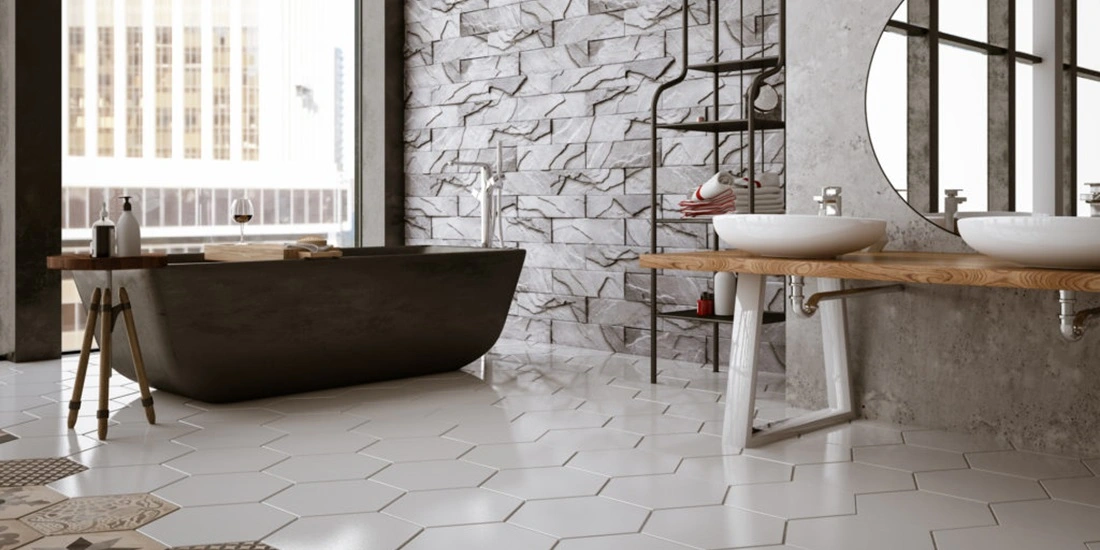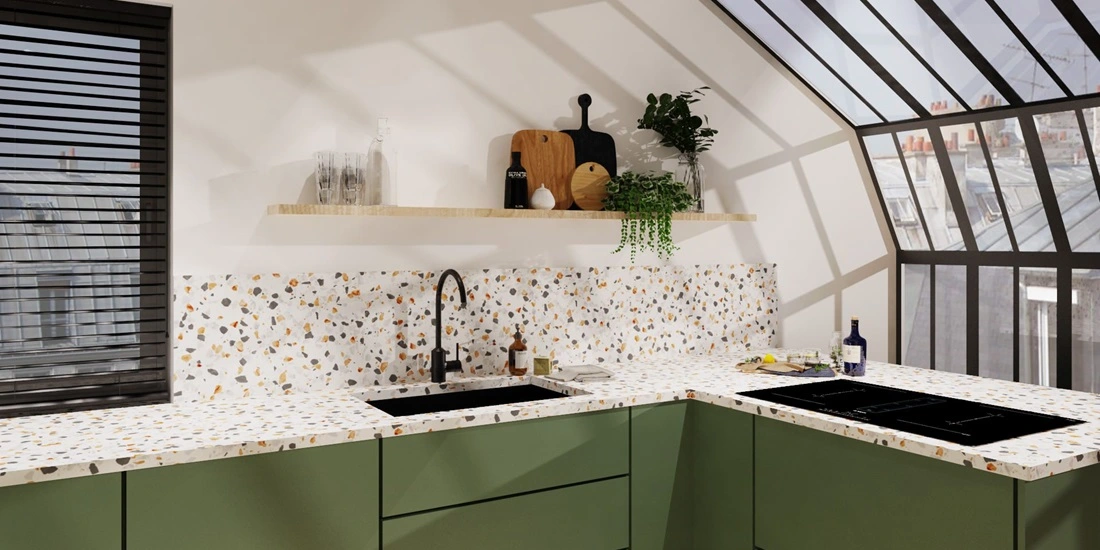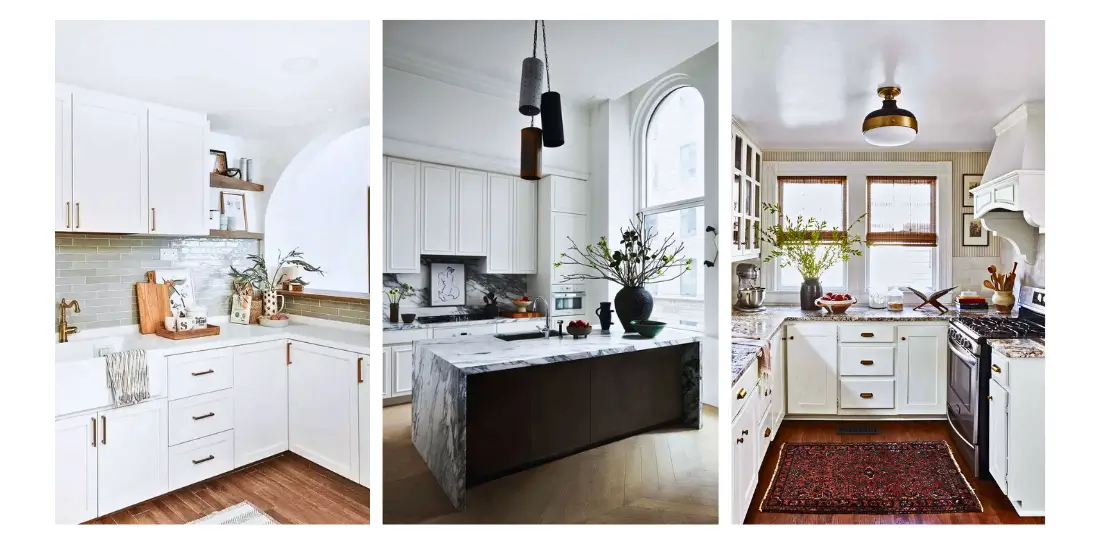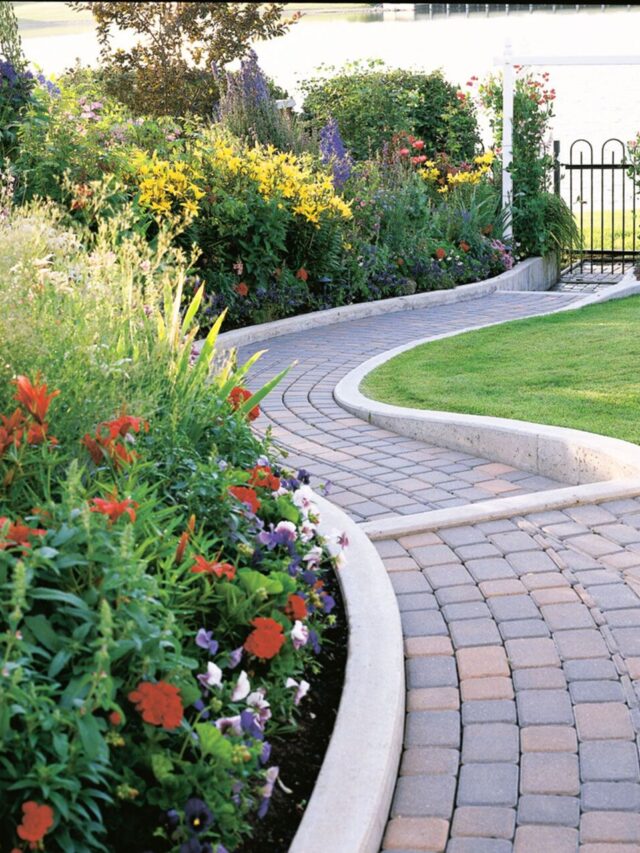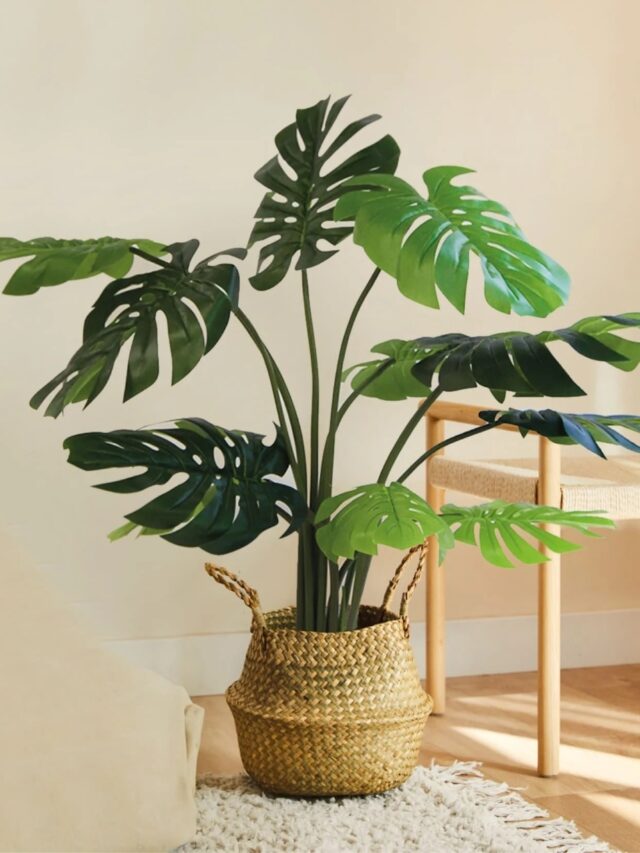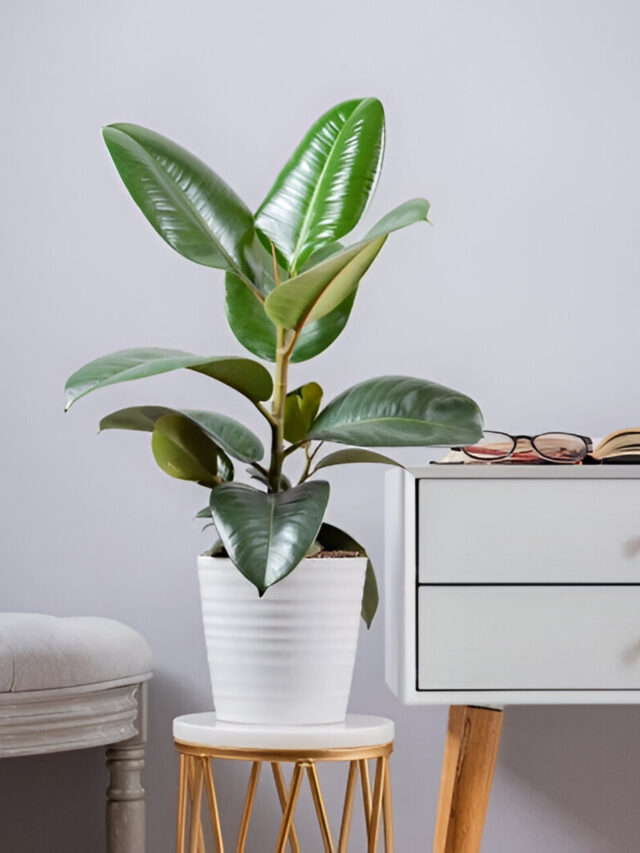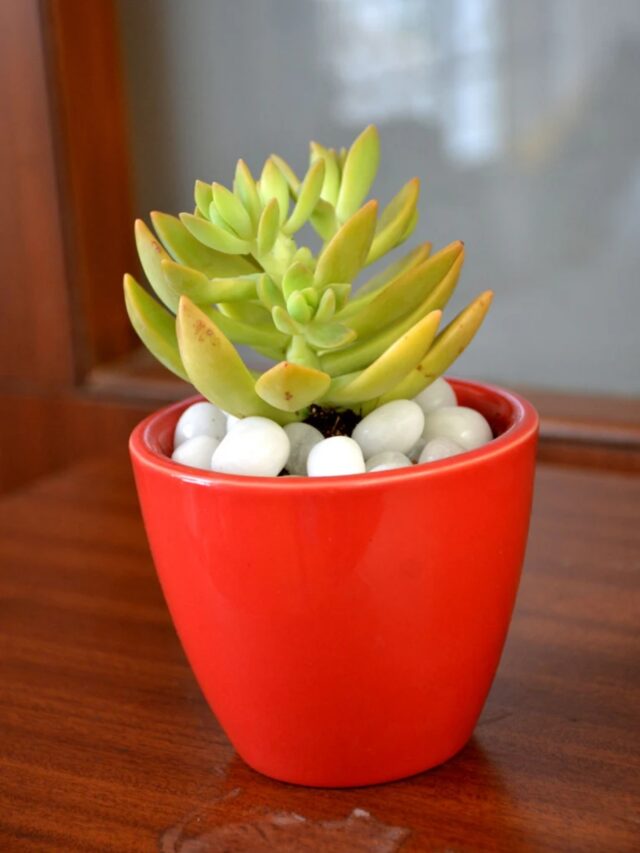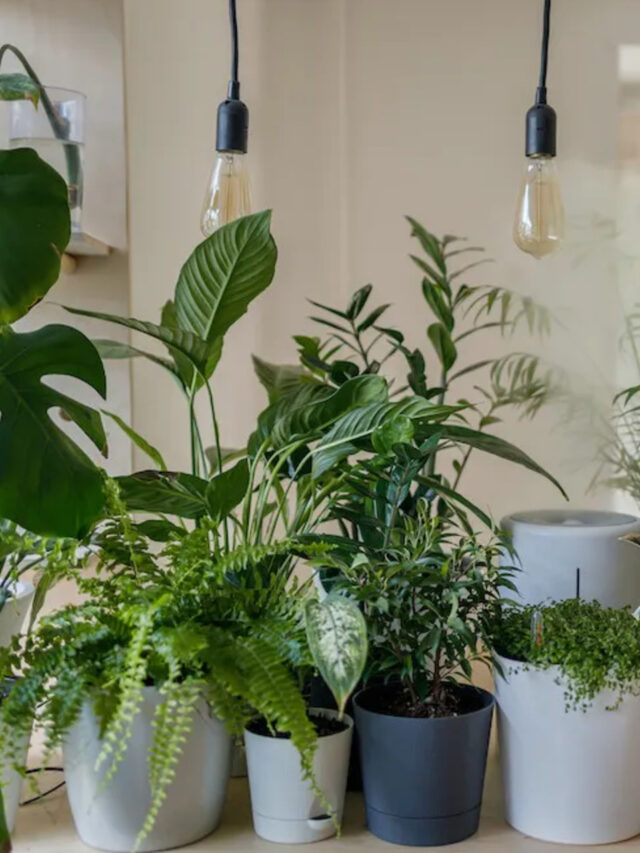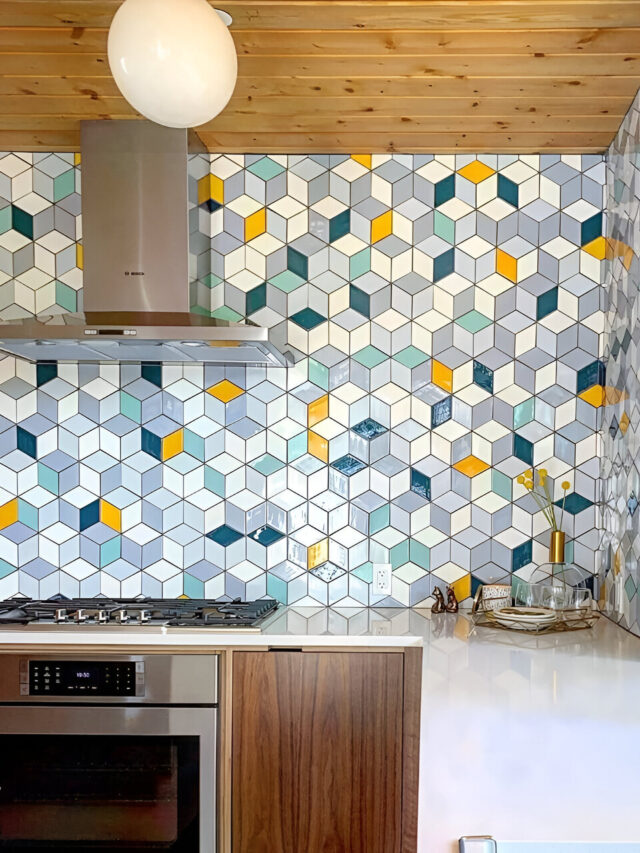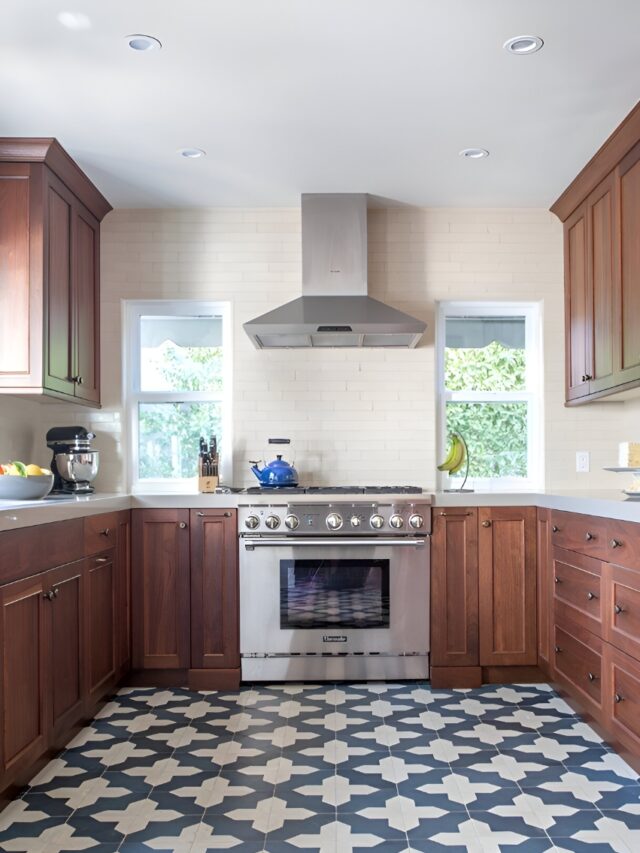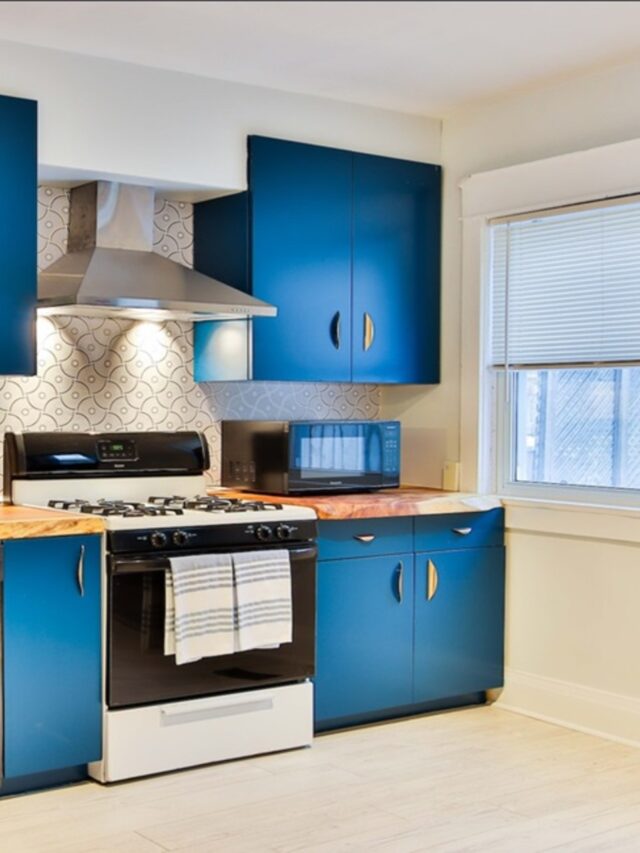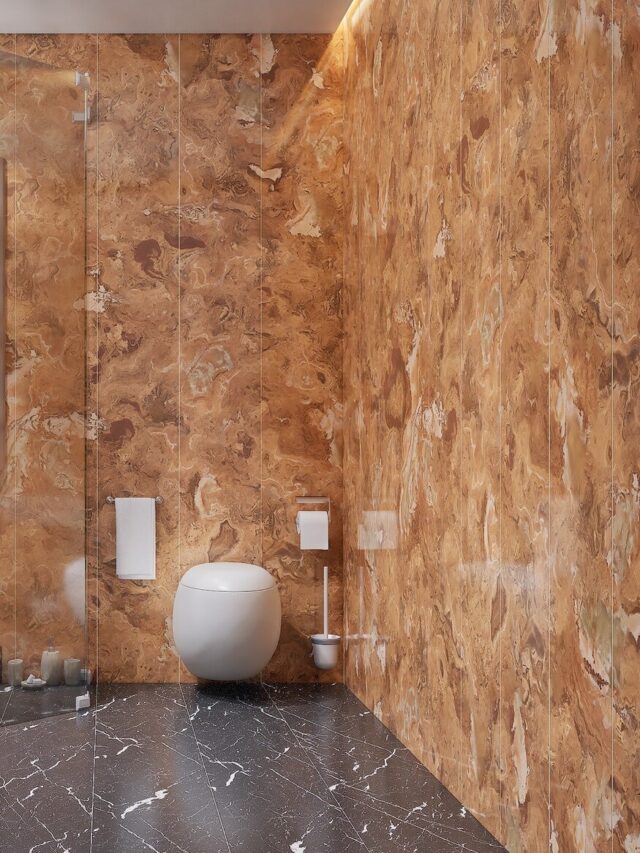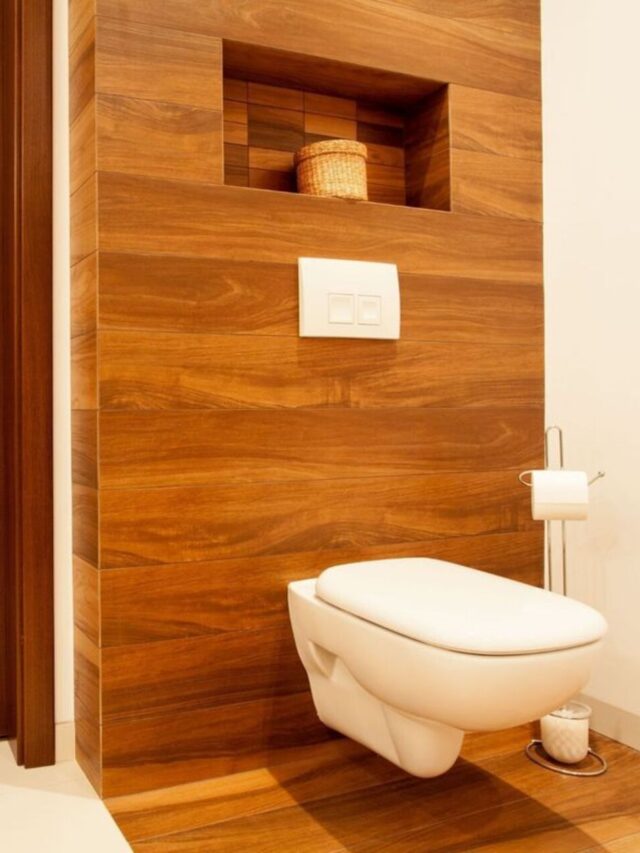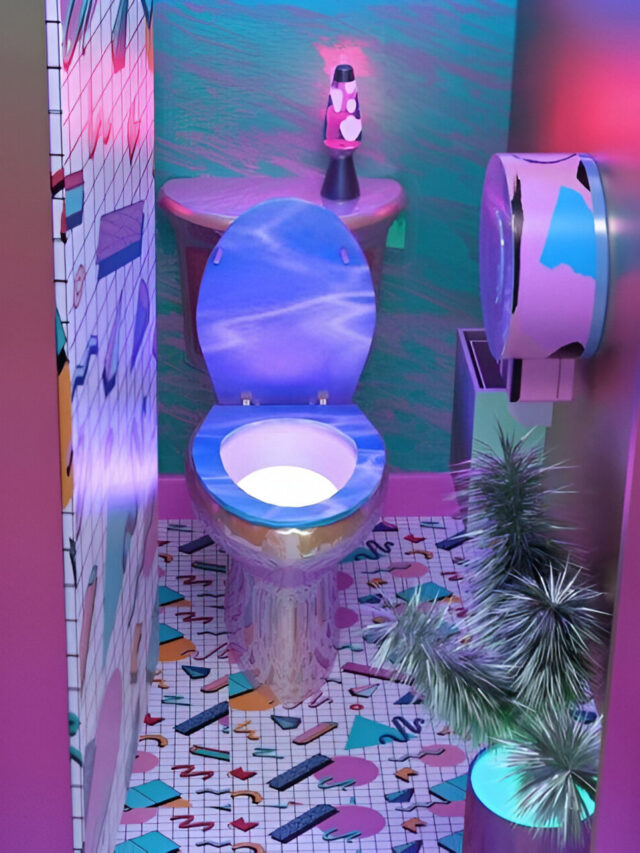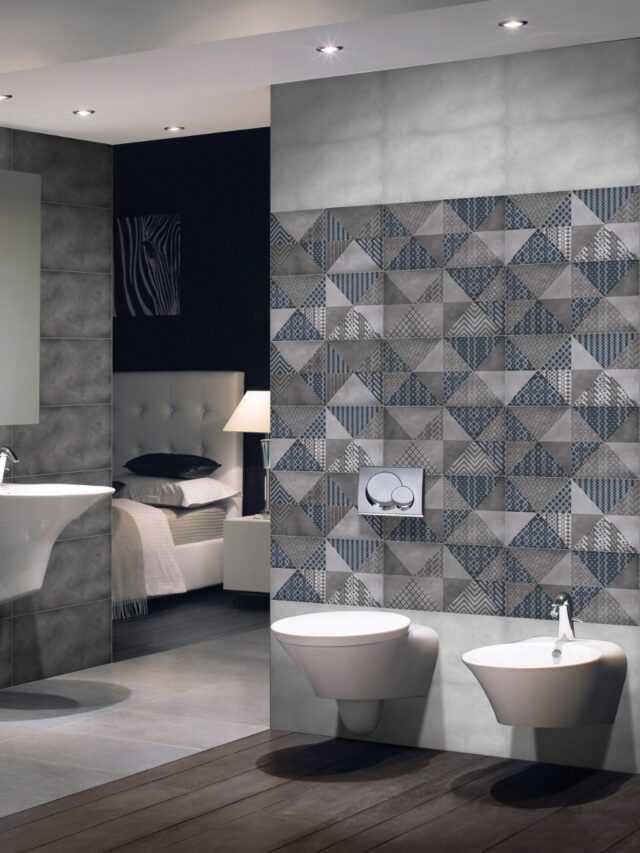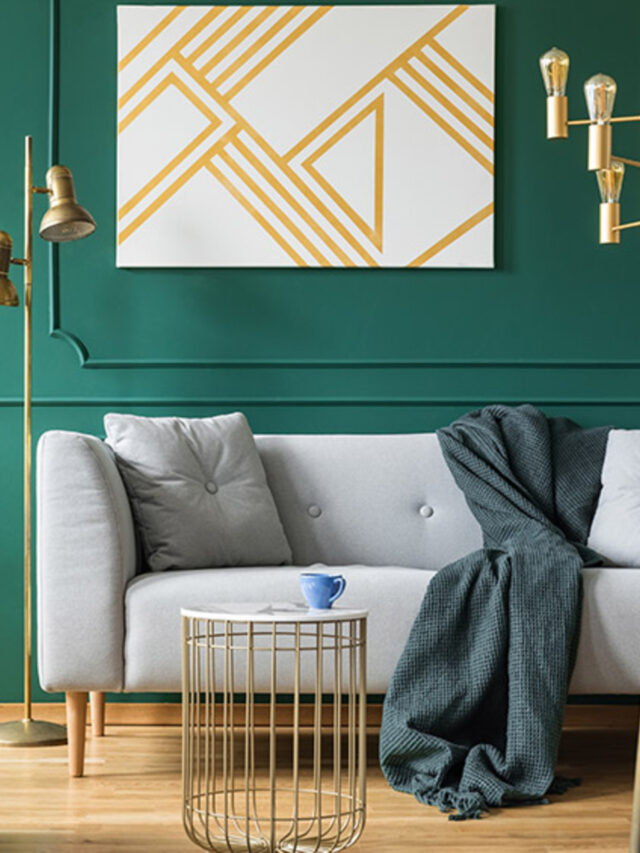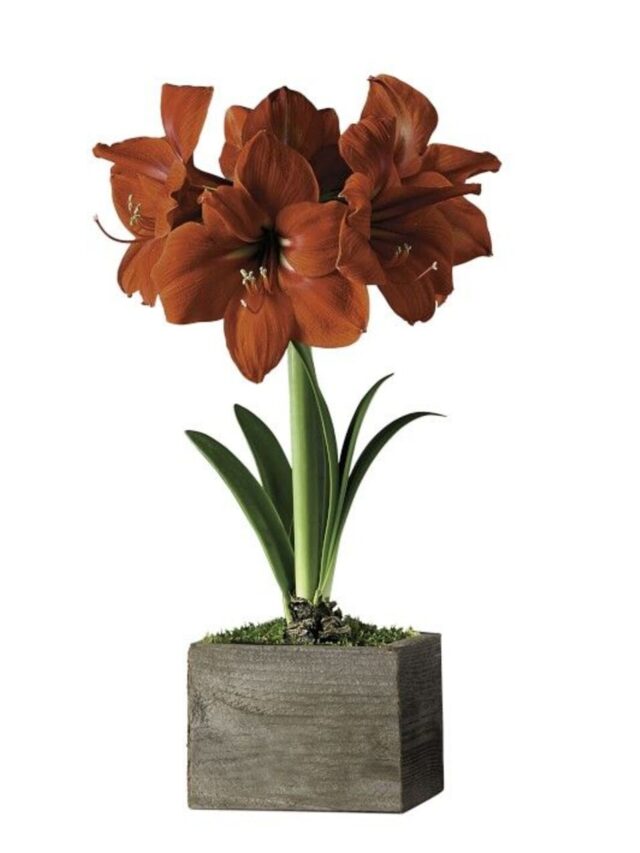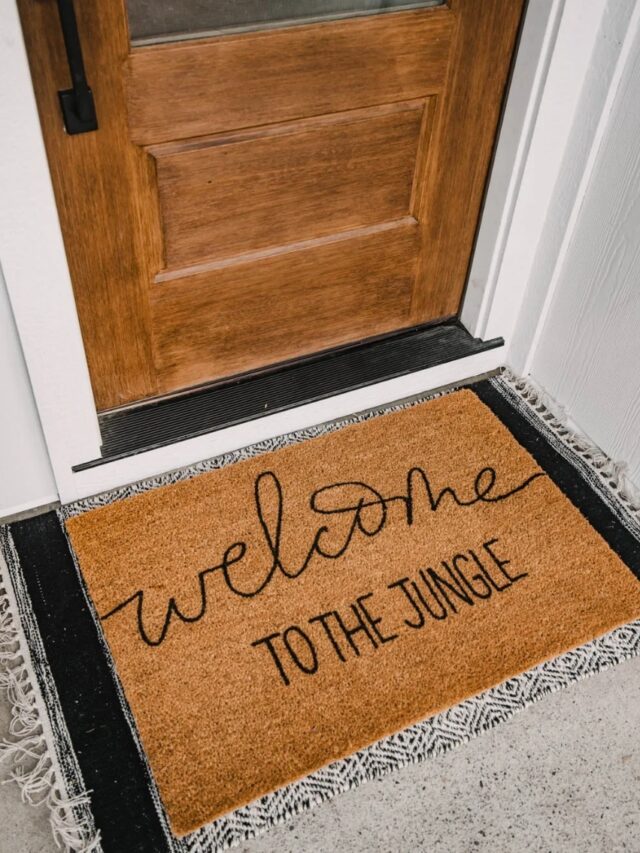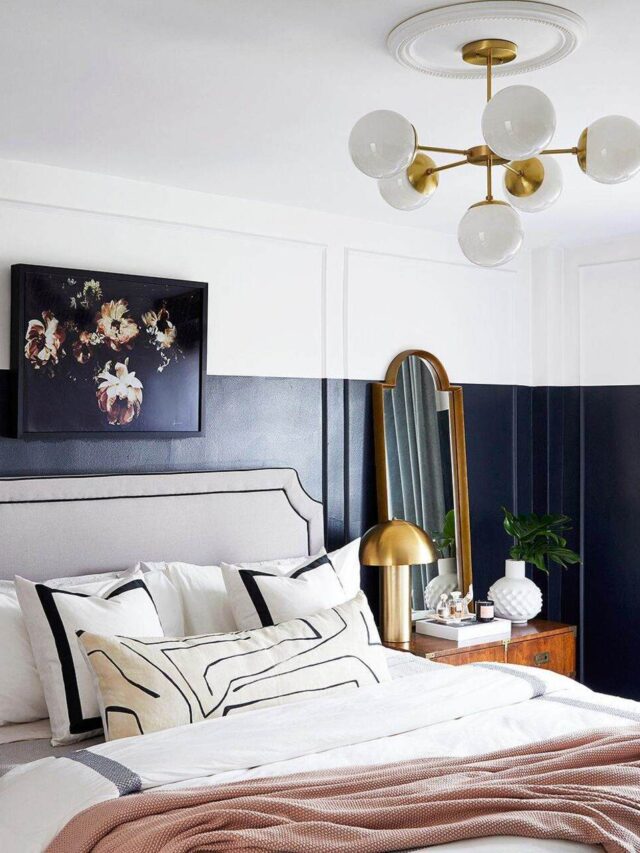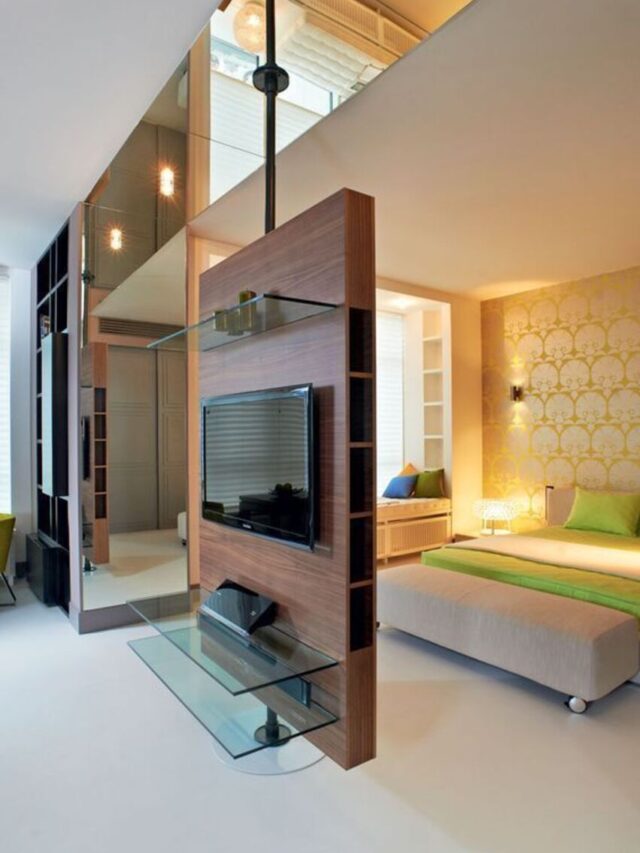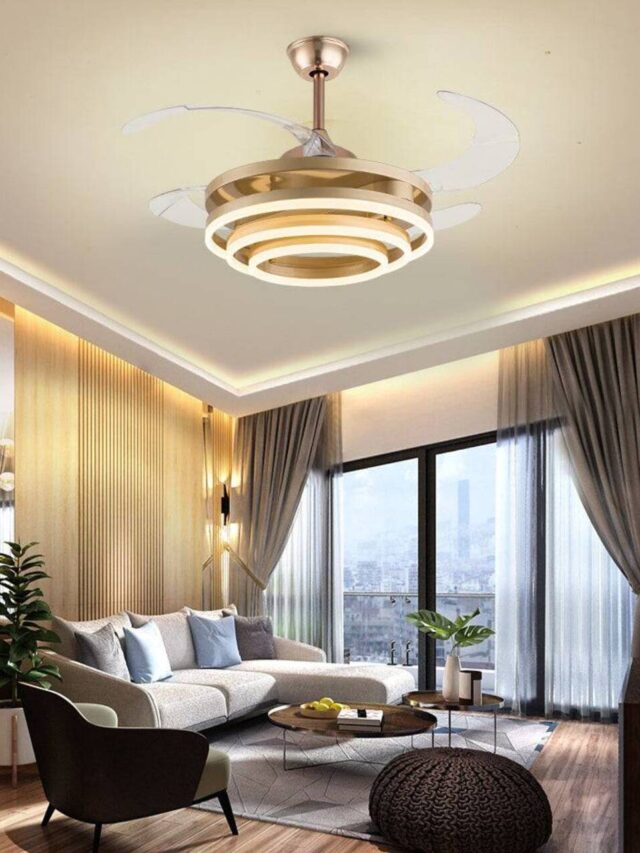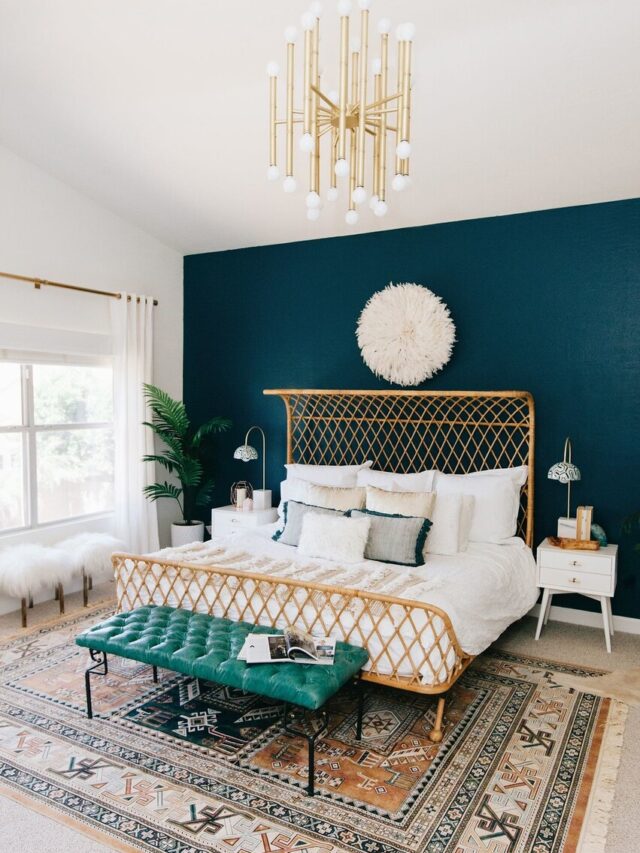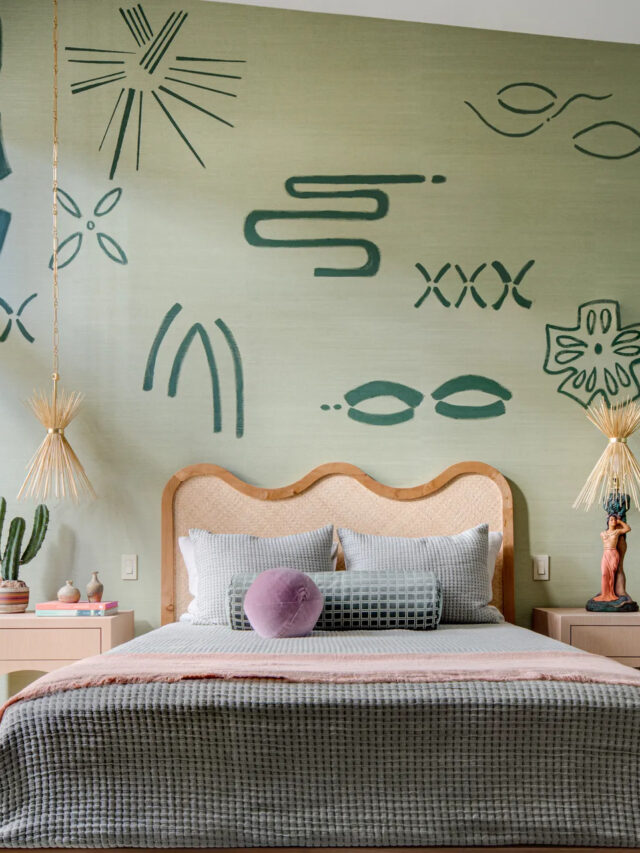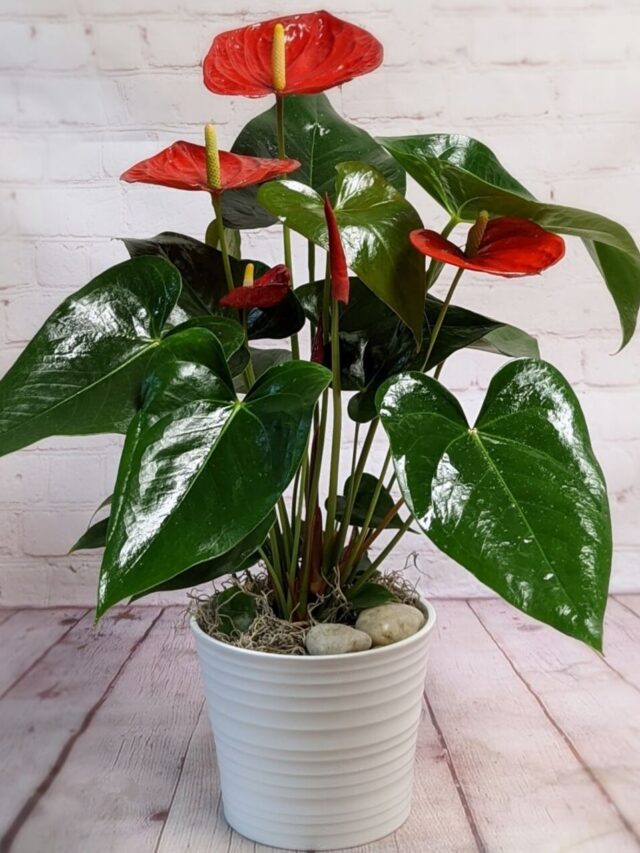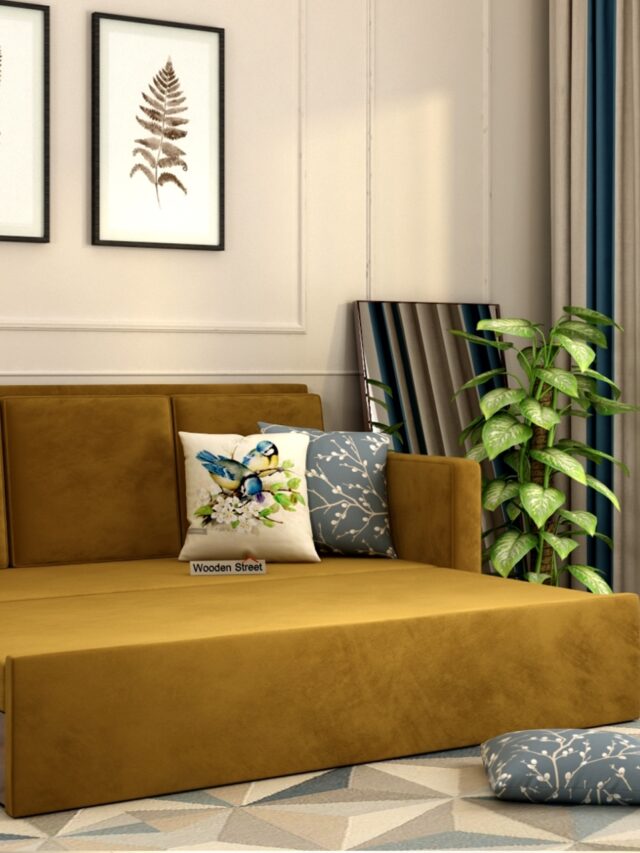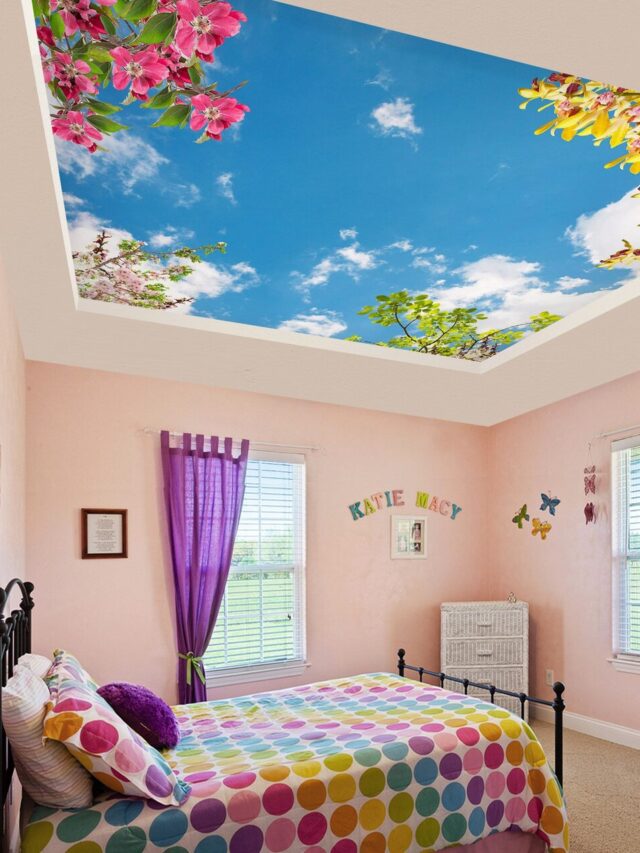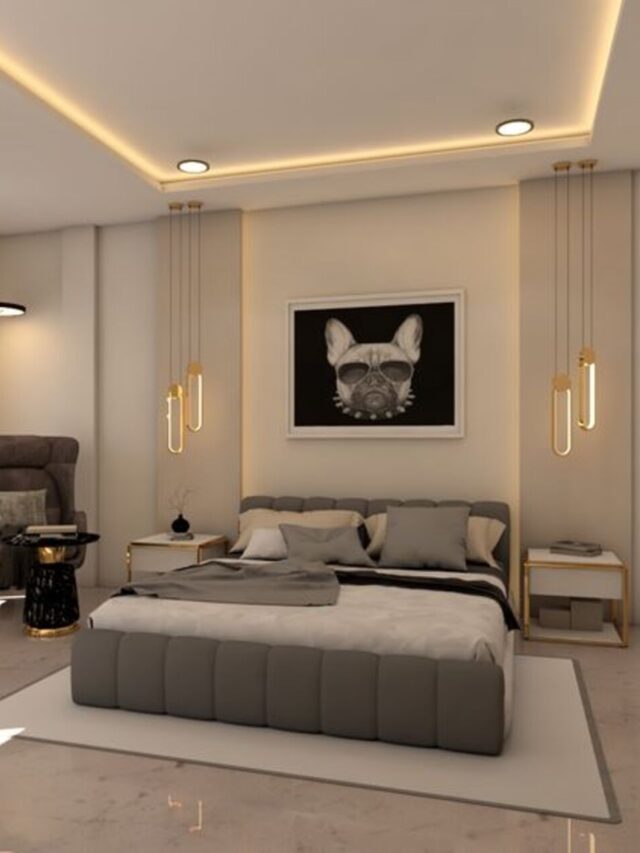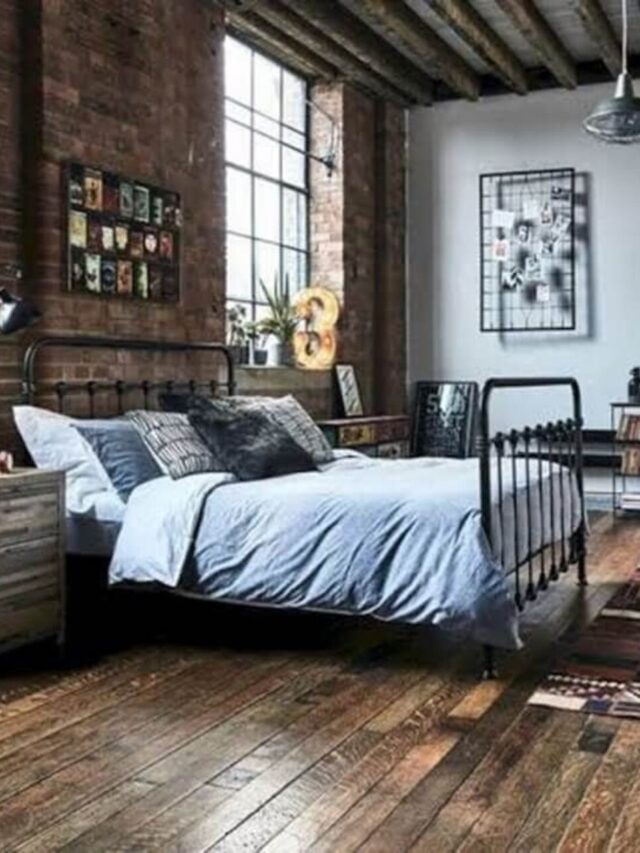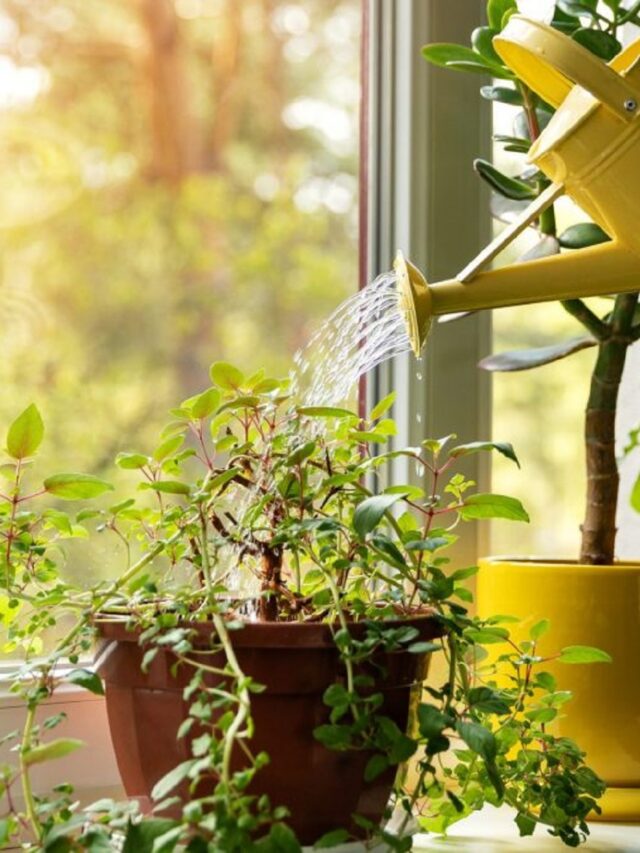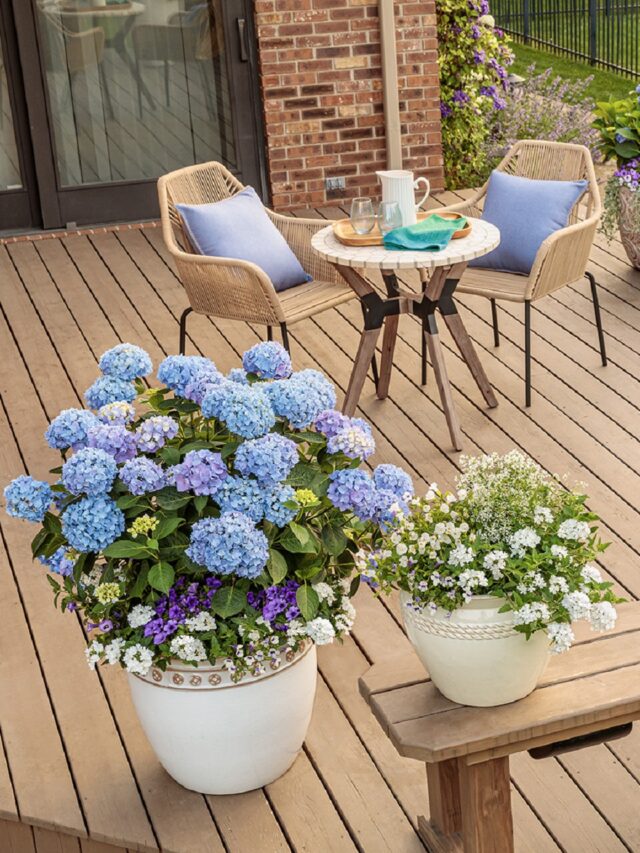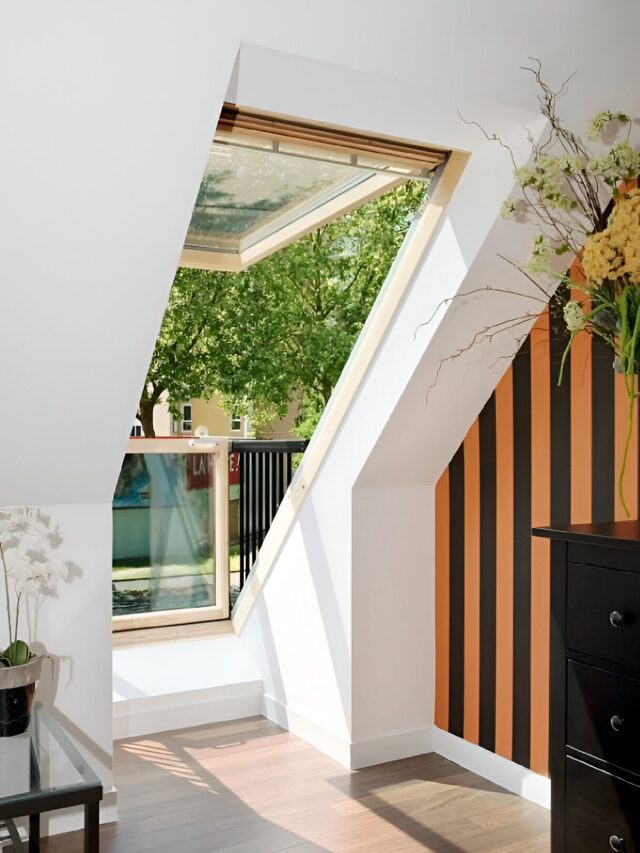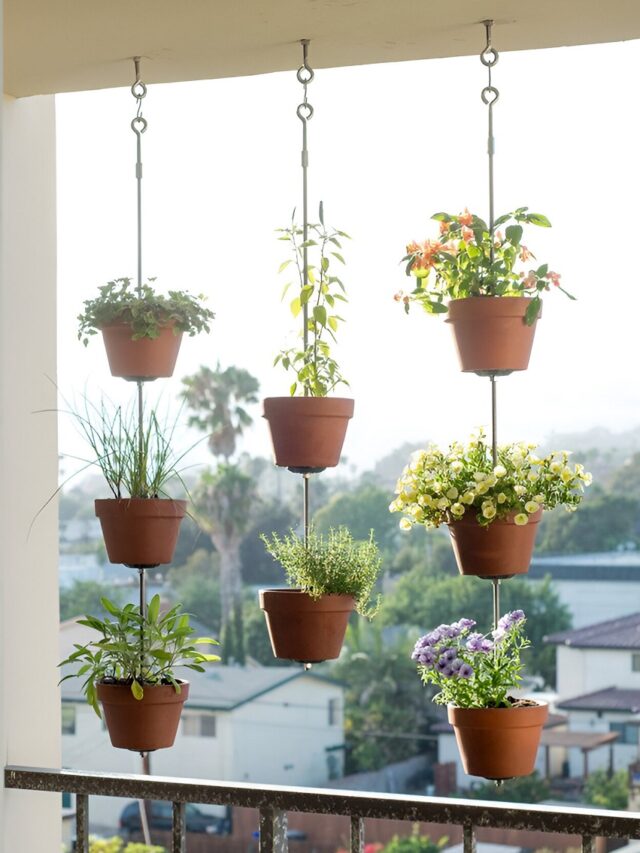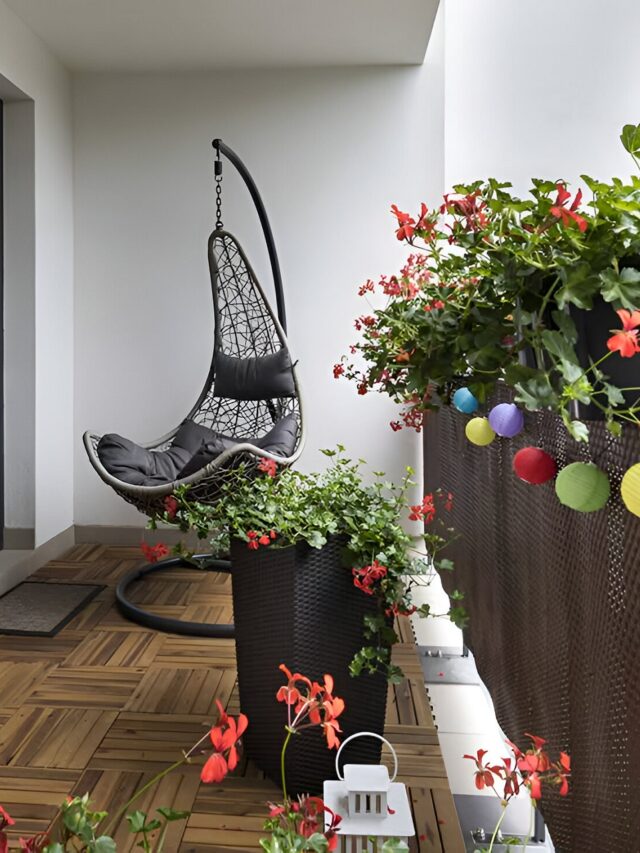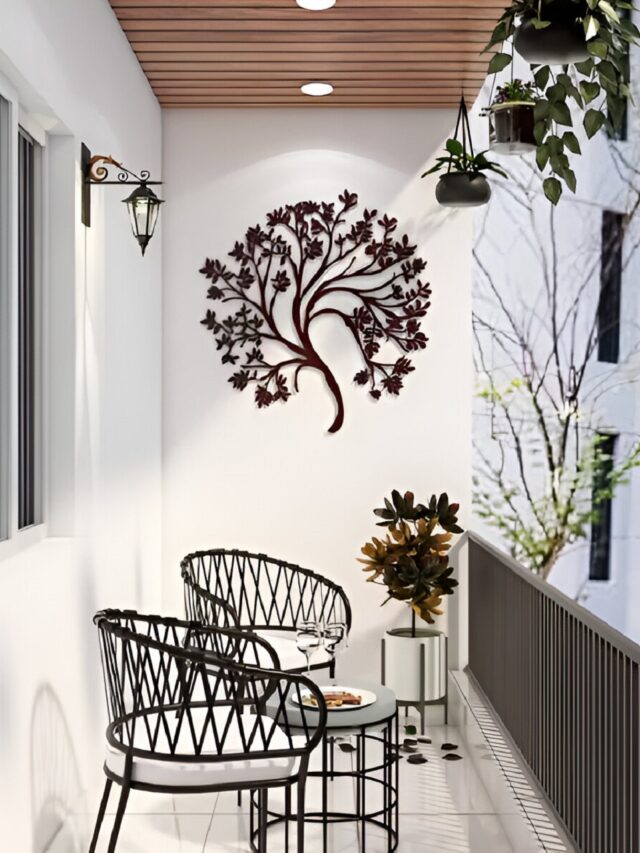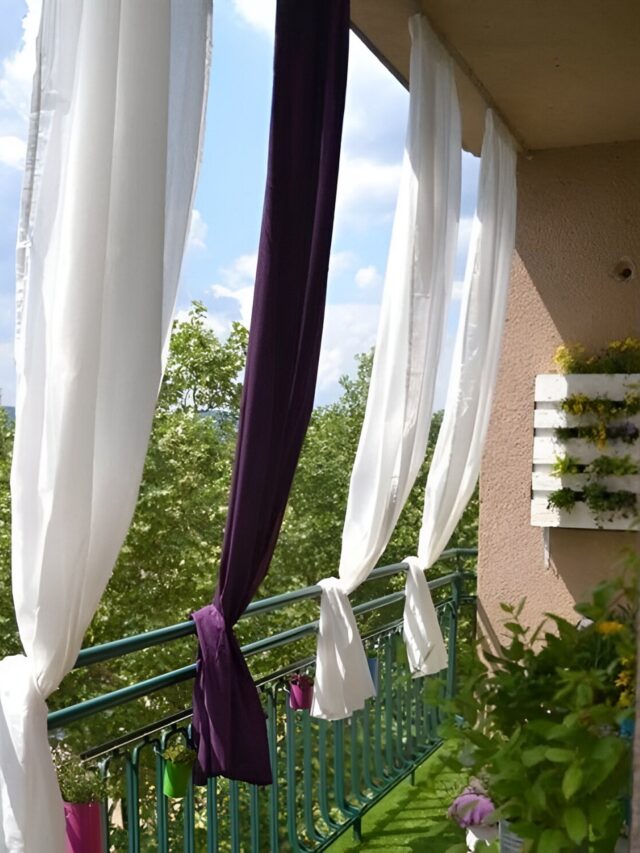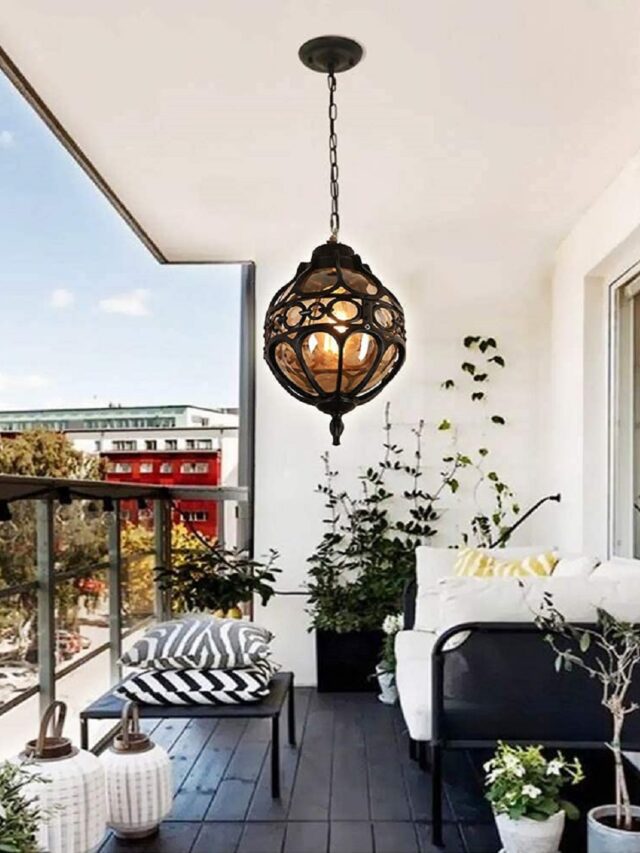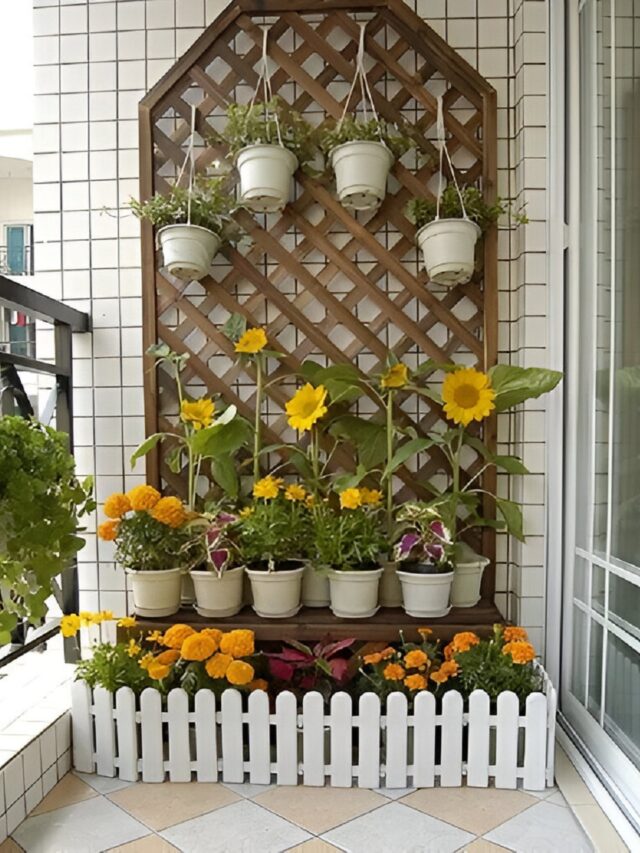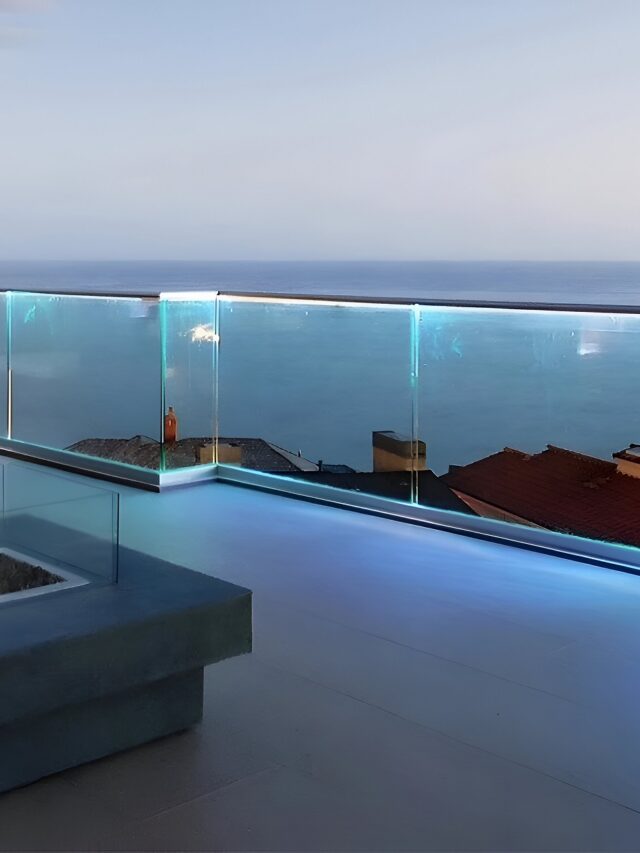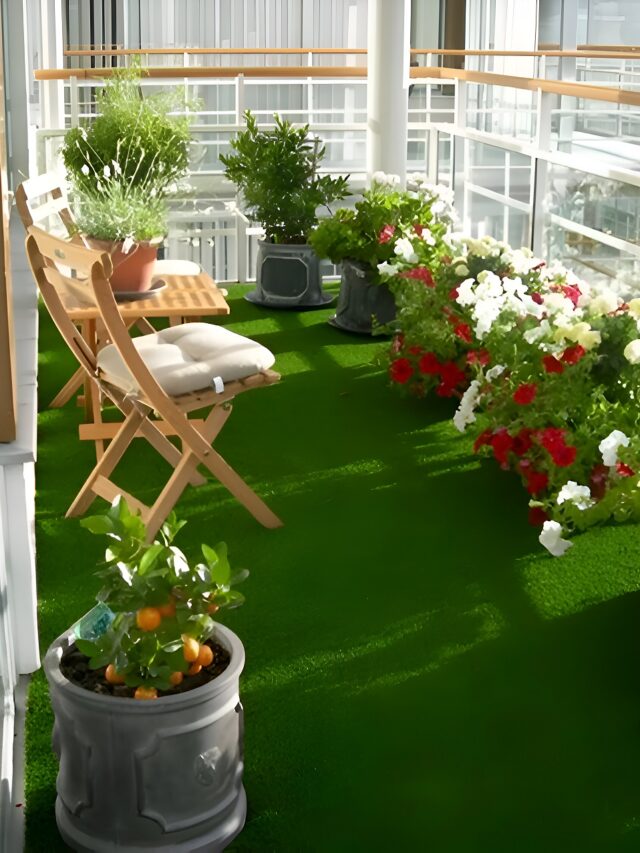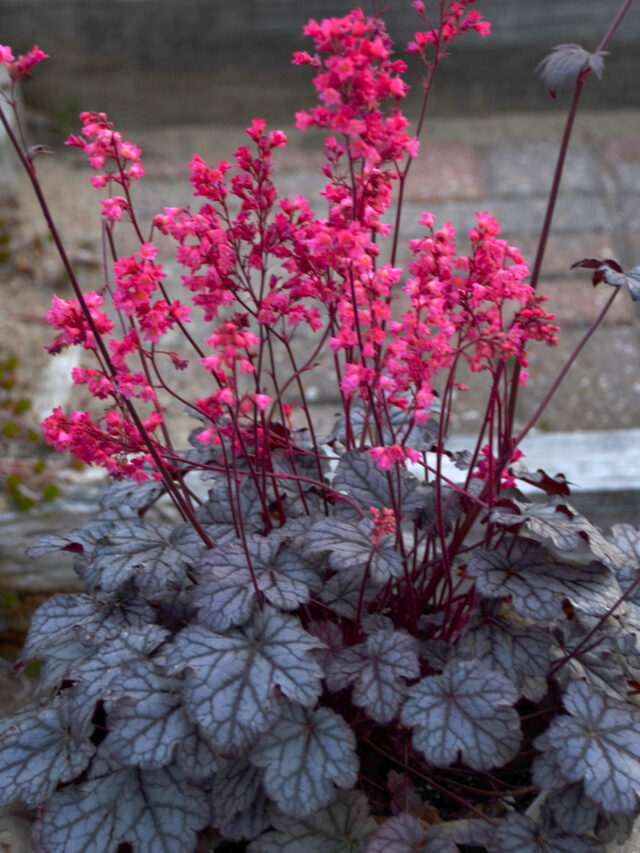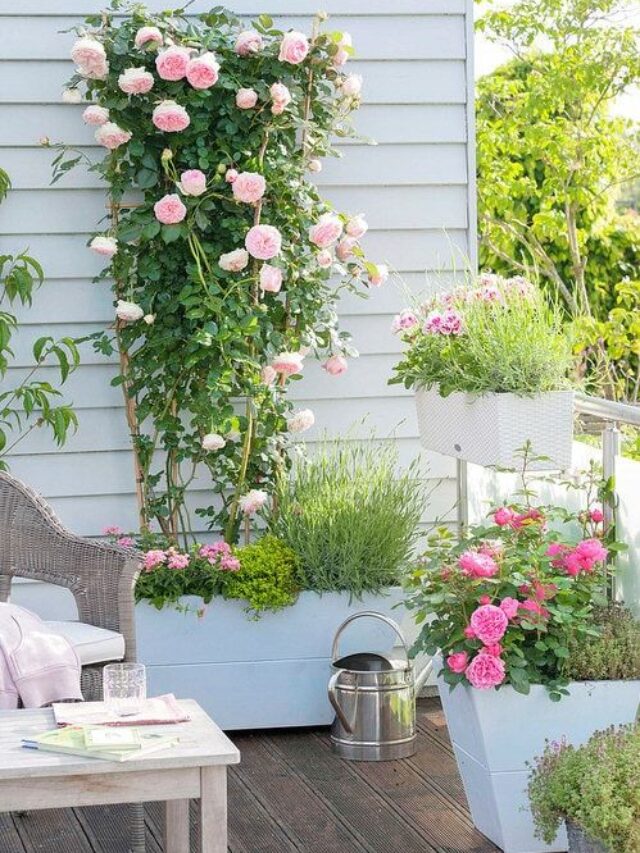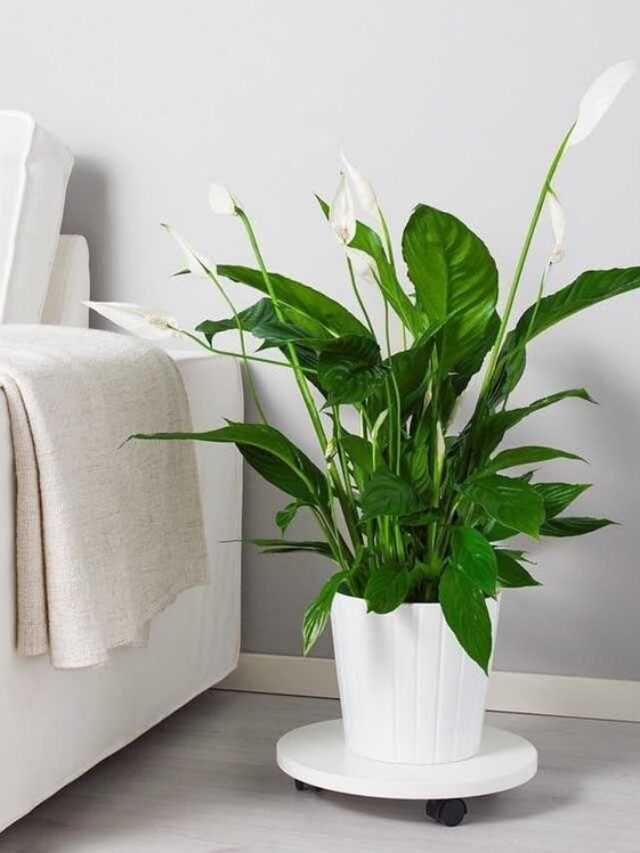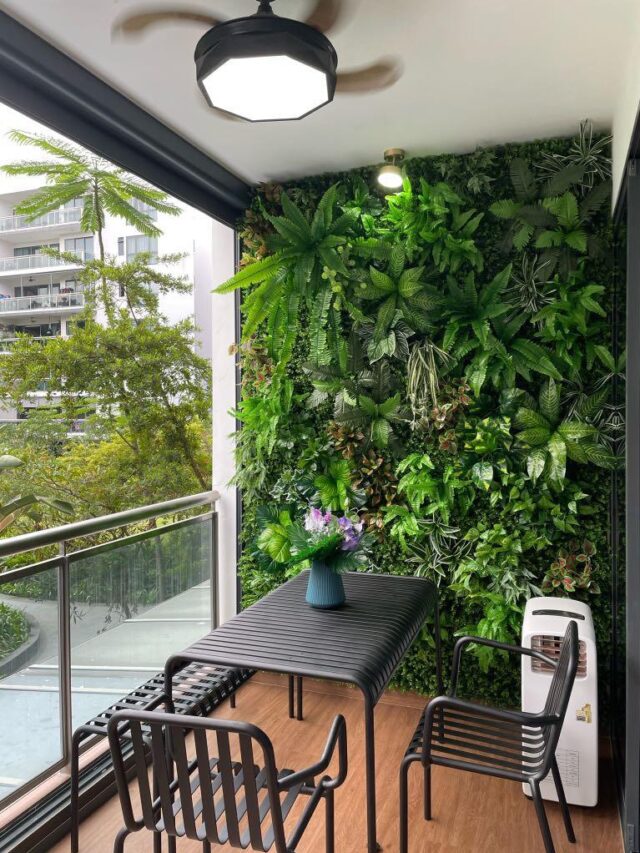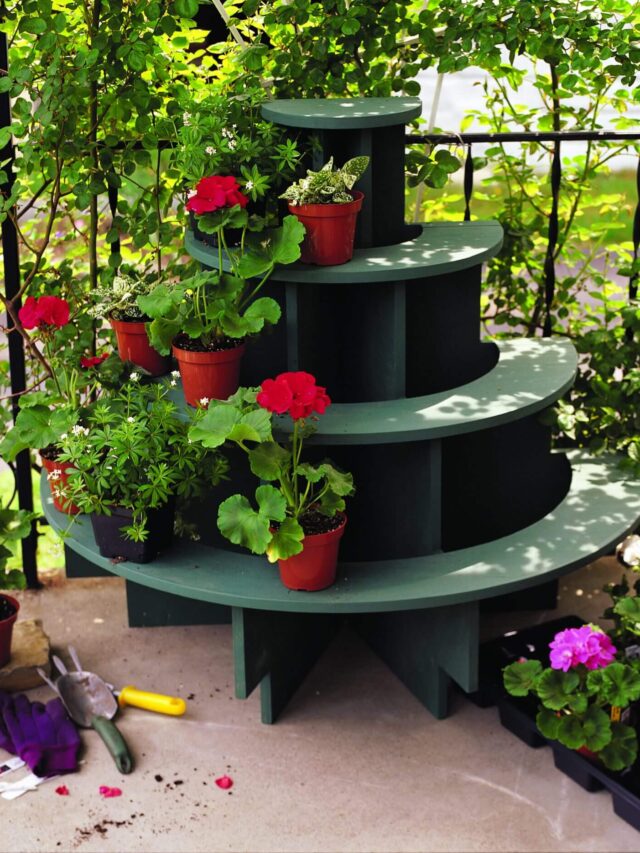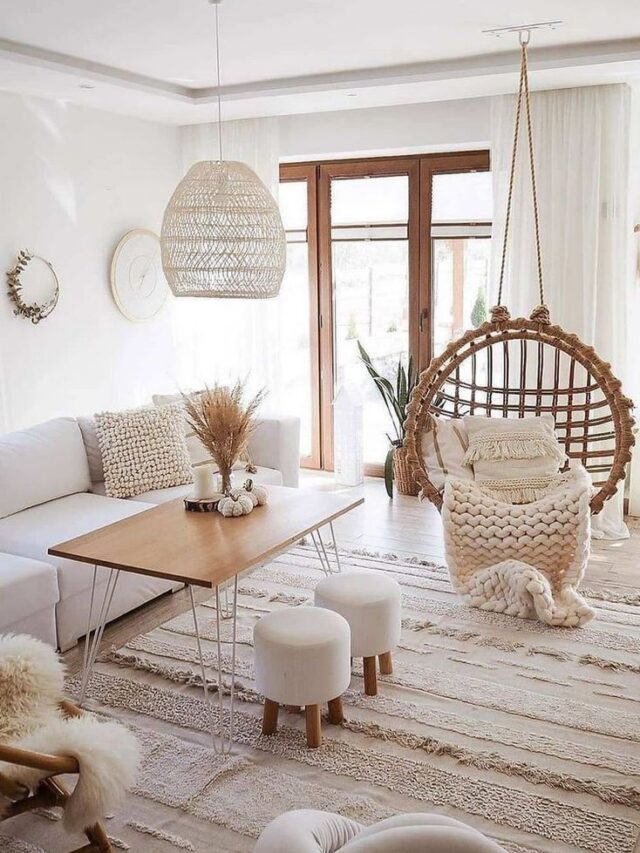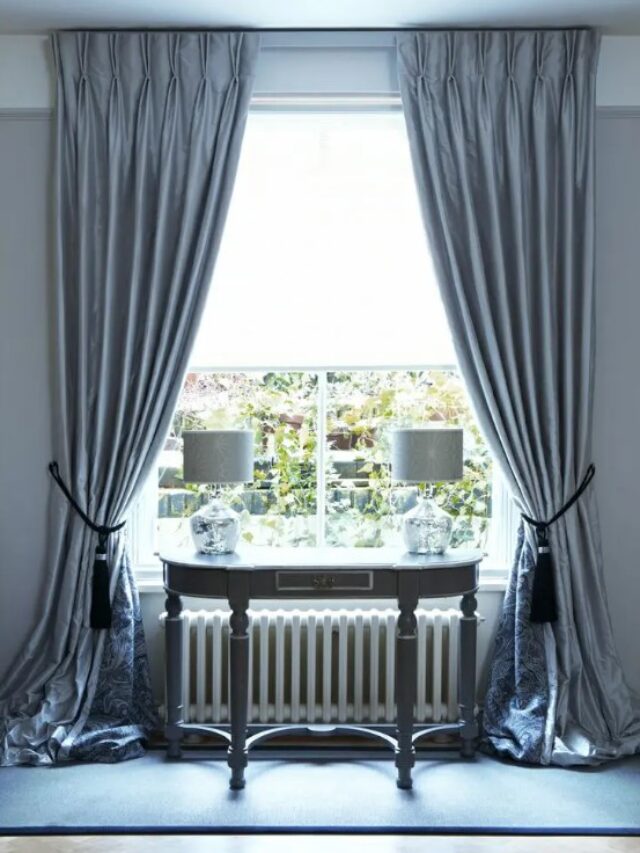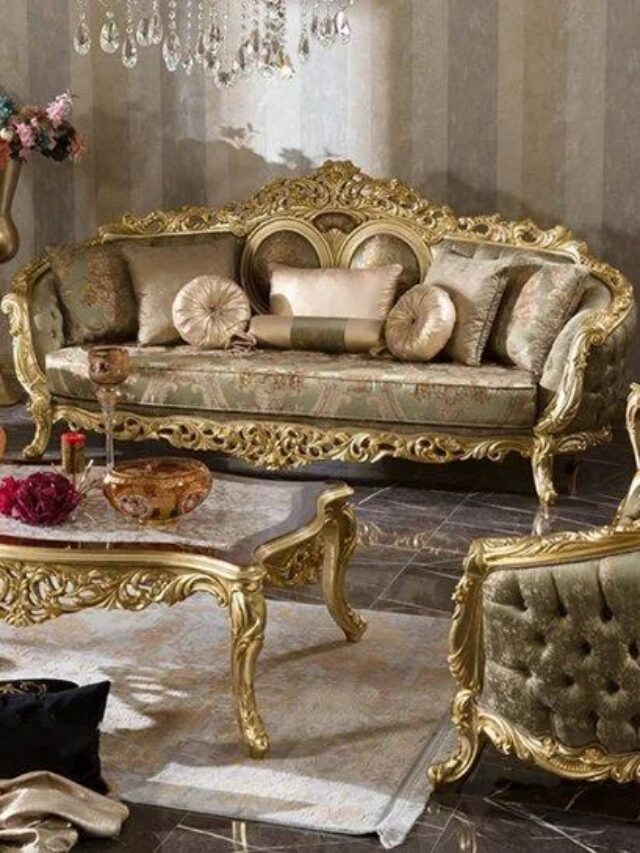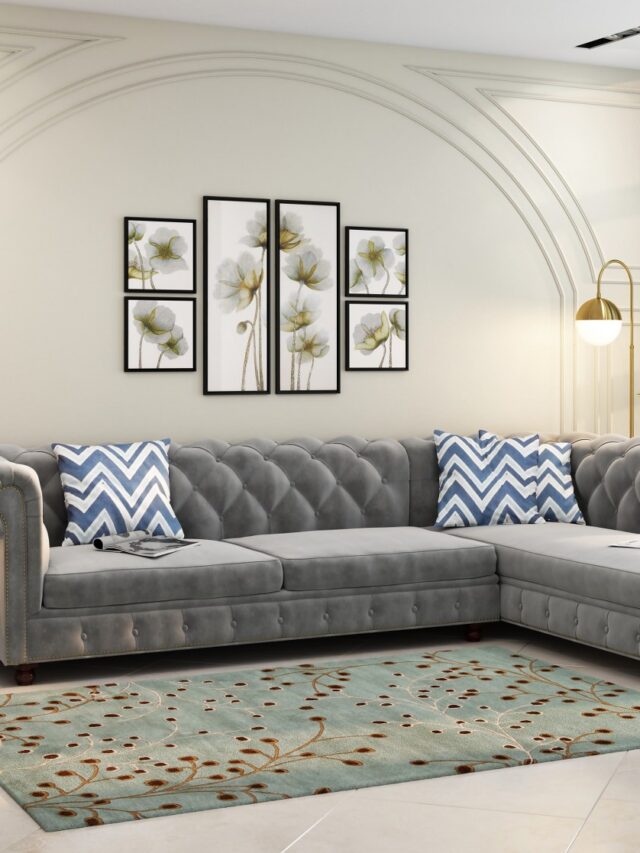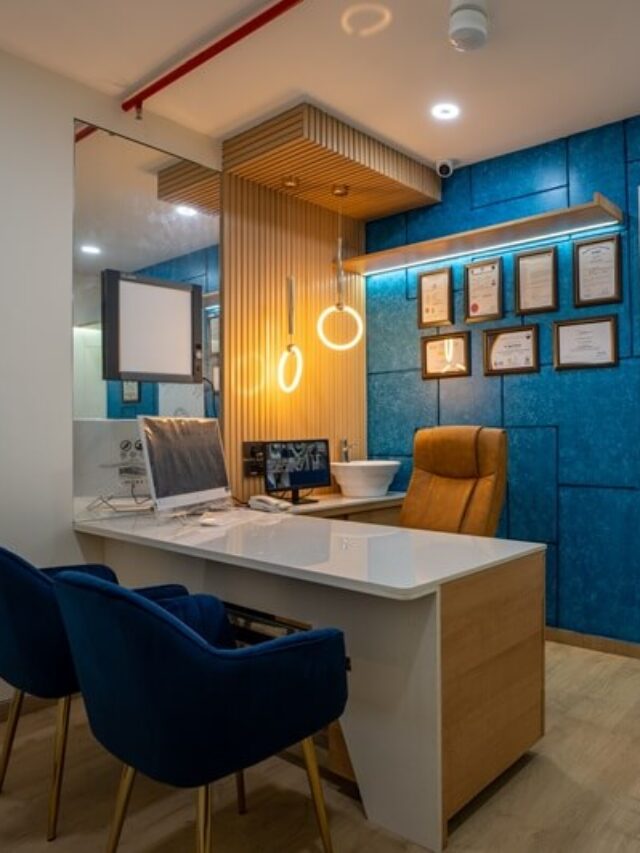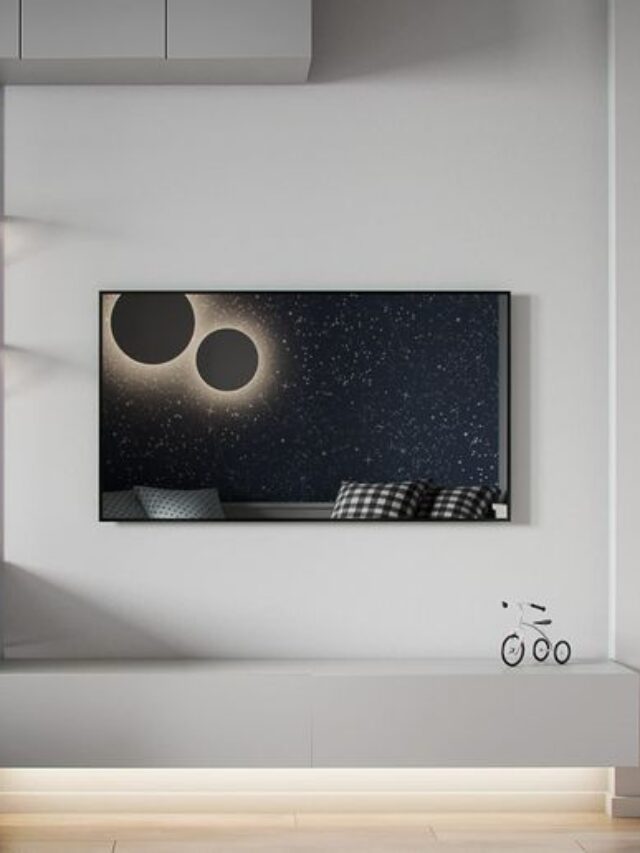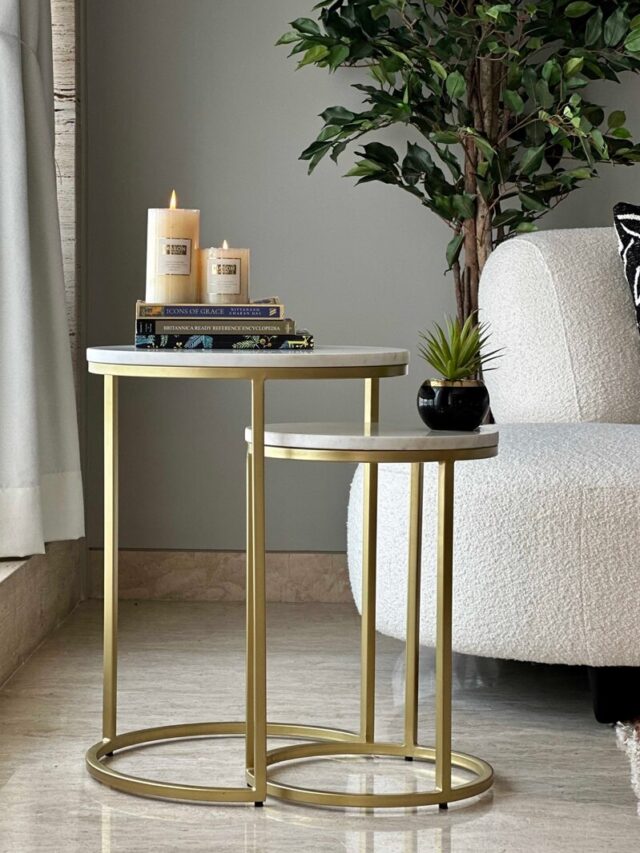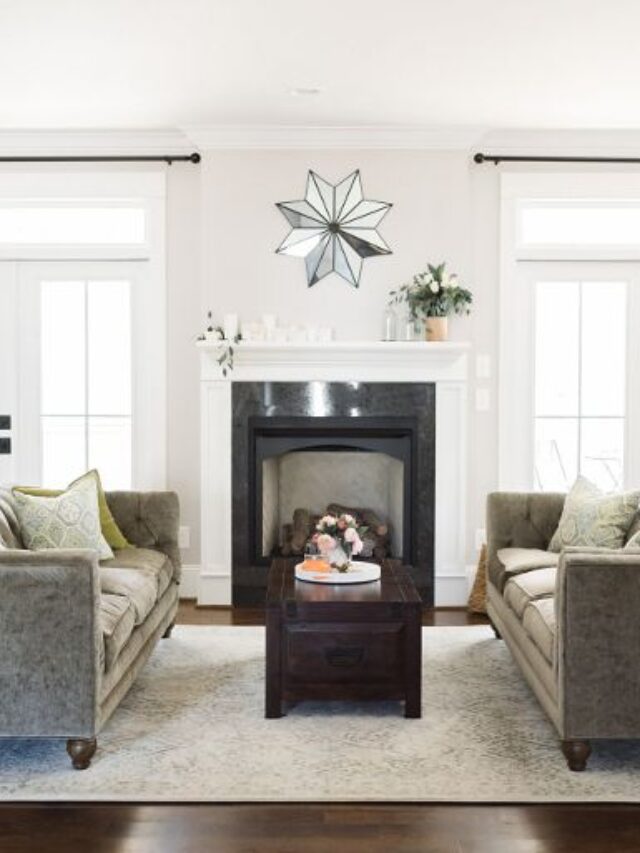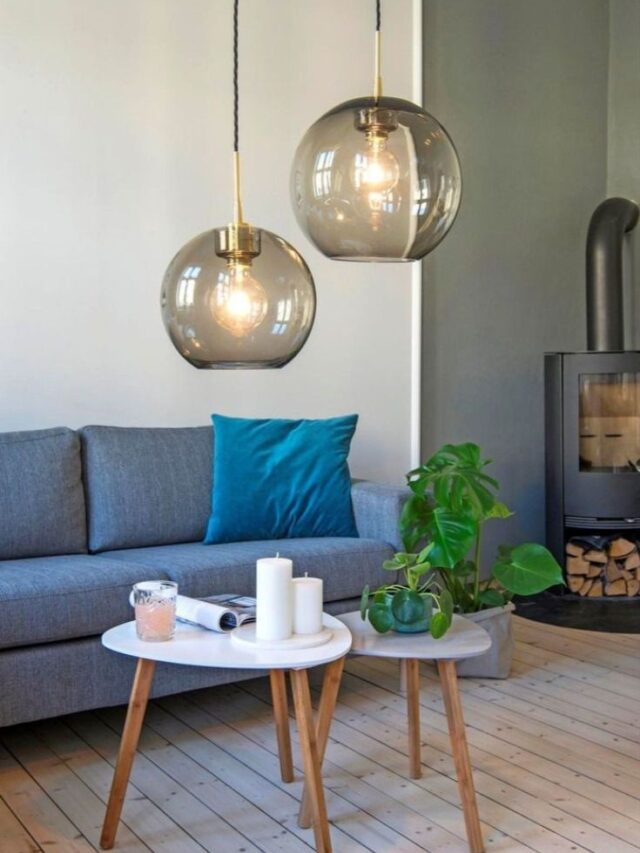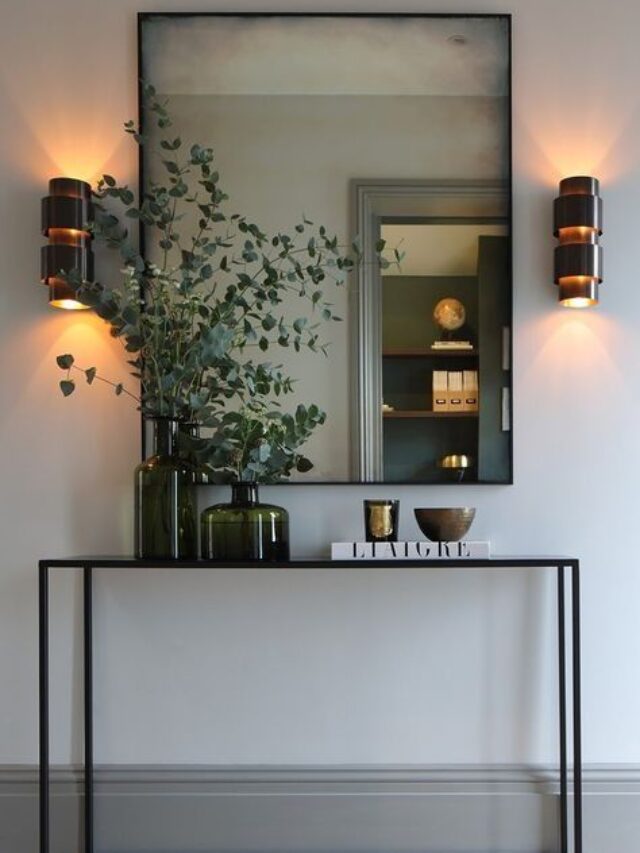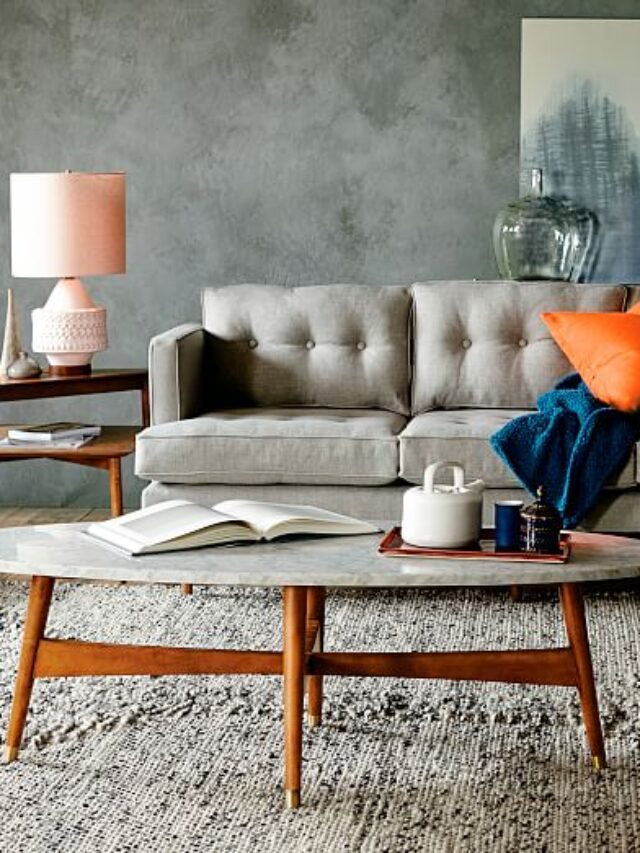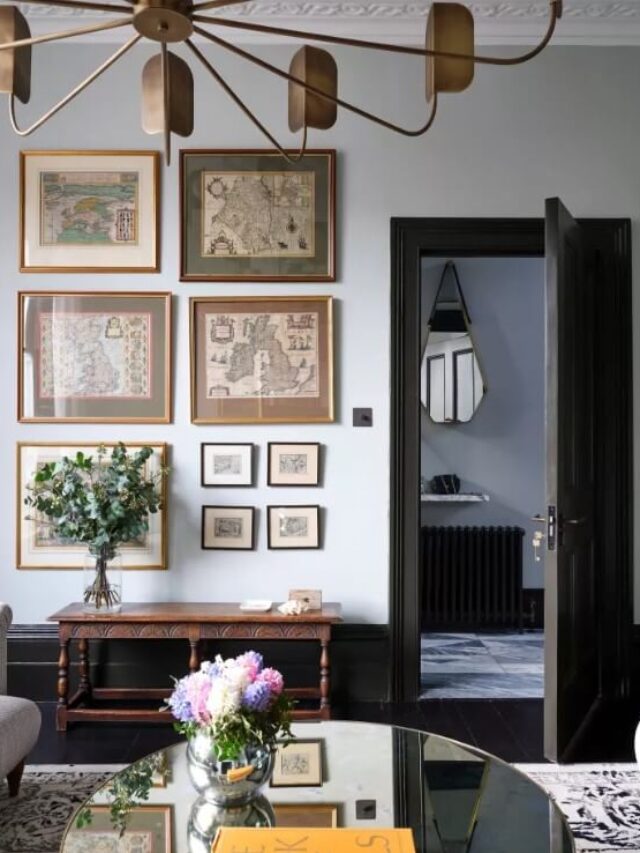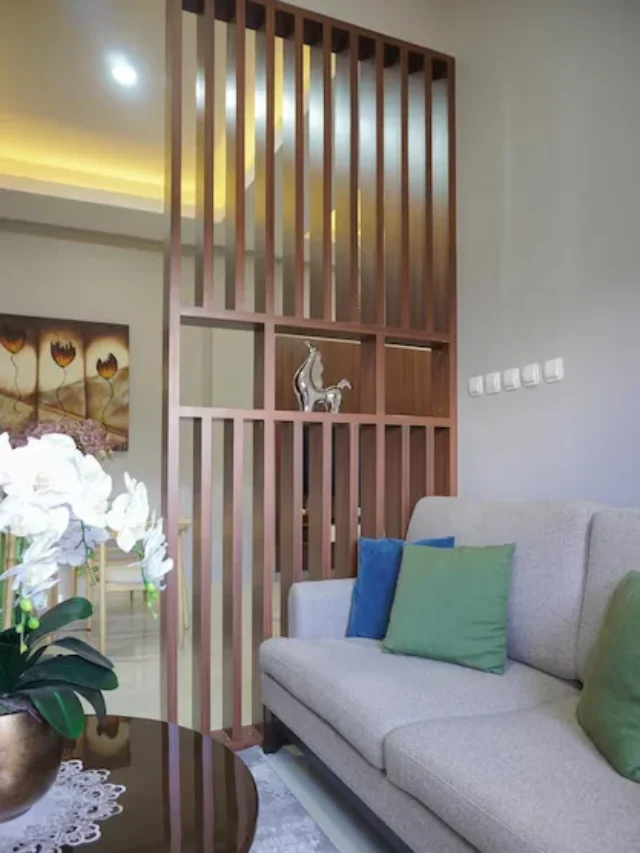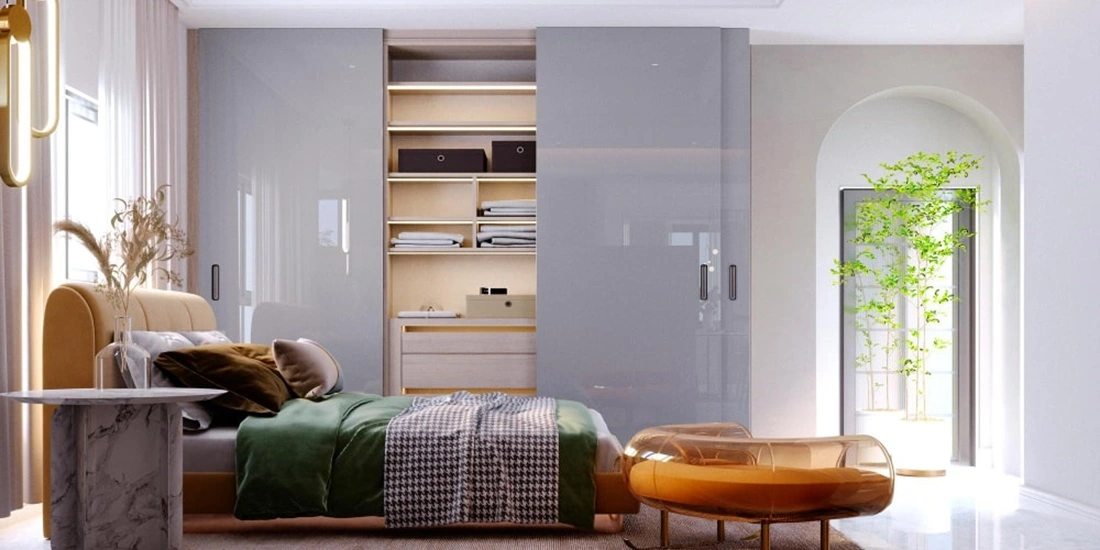Table of Contents
Are You Redesigning Your Bathroom?
These tiles are basic elements of a beautiful yet elegant bathroom, which helps cover the floor and wall.
Bathroom floor tiles are chosen for their durability, versatility, and aesthetic.
These bathroom tiles come in various shapes and sizes, and of course, let’s not forget the intricating designs, which can be used for decorative purposes.
But not all bathroom tiles design ideas are suitable for wet spots – which means if you are looking for the best tiles for the bathroom floor, you must ensure the tiles are vitreous.
This means the tiles must have water-absorbing strength.
So, if you are keen on knowing the different types of flooring tiles for the bathroom available and what would suit your bathroom – this blog is for you!
How Bathroom Floor Tiles Bring Change in Your Lifestyle?
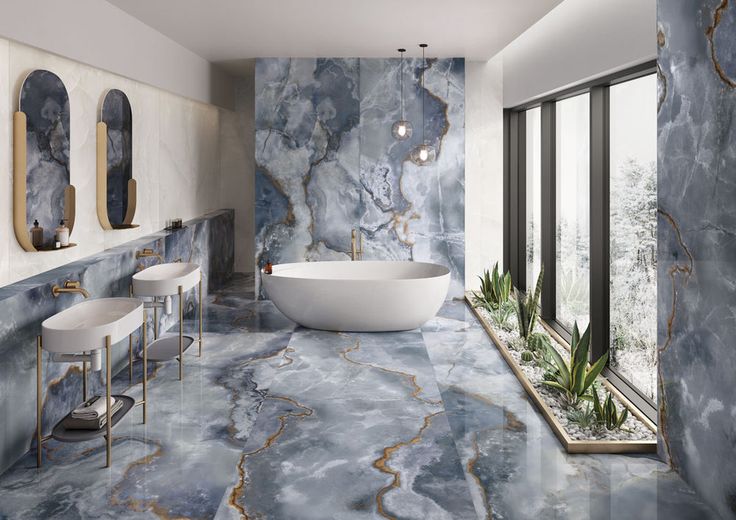
Some people remodel their bathrooms by mainly focusing on bathroom flooring. Do you know why? The first reason is – Tiles.
You should get a bang by making a big difference in your lifestyle:
Bathroom flooring tiles can make your bathroom look more stylish, they can be easier to clean, and they can even help to make your bathroom safer.
Here are a few ways that tiles for bathroom flooring can change your lifestyle:
- They can make your bathroom look more stylish. There are so many different types of bathroom floor tiles to choose from, so you can find the perfect ones to match your style.
- They can be easier to clean. Bathroom floor tiles are easy to wipe down, so you don’t have to worry about them getting dirty.
- They can help to make your bathroom safer. They are slip-resistant, so you’re less likely to slip and fall.
Now let’s walk together through some of the fascinating types of bathroom floor tiles that you would love to lay down in your bathrooms.
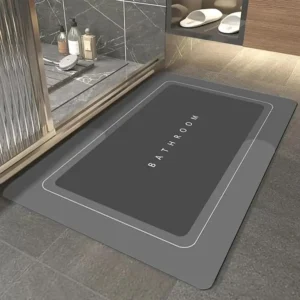
Rylan Bathroom Mat,Door mat Door Mat, Rubber Non-Slip Quick Dry Rugs Fit Under Door
Super Absorbent Thin Fashion Washable Oval Floor Bath Mat for Bathroom, Bathtub, Shower and Sink
*At the time of publishing, the price was ₹477.
Explore the Following Types of Tiles for Bathroom Floors for an Unforgettable Interior -
Suitable bathroom tiles make all the difference. Thus making the environment relaxing and beautiful.
Your residential architect can help you find the best flooring tiles for the bathroom. Here are some of the most commonly used types of bathroom floor tiles –
1. Real Ceramic Tiles:

Notes –
- These tiles come in two types. They are Porcelain floor tiles and non-porcelain floor tiles. Only the difference is their making process is different.
- Both types can have the process of glazing and even can be unglazed.
- Ceramic tiles with a matte finish and/or finishes with some little texture become a good choice for flooring in the bathroom.
- Vitrified tiles can look and feel like real ceramic, but real ceramic floor tiles cannot be vitrified.
How to choose ceramic bathroom flooring tiles? Consider size, color, style, and budget. –
- To enhance their strength and aesthetic appeal, these tiles often have a matte finish.
- To gauge water absorption, place a water droplet on the back of the ceramic tiles and assess the size of the diffusion area, with a smaller area indicating lower water absorption.
- Another good way to check the quality of ceramic floor tiles is to ask your vendor what grade they are. Tiles are available in grades 1 to 5, with grade 1 being the weakest and grade 5 being the strongest.
Pros:
- If ceramic tiles are sealed properly, they are considered one of the most durable options. They are cost-effective and easy to maintain.
- There are various color options available that give a luxe touch to the bathroom. Also, these are the best antibacterial tiles.
Cons:
- Compared to porcelain tiles, ceramic floor tiles are less durable.
- Ceramic tiles do not absorb or retain heat – they can get chilly in winter! Older people with certain conditions may feel a shock from cold tiles.
2. Original Porcelain Tiles:
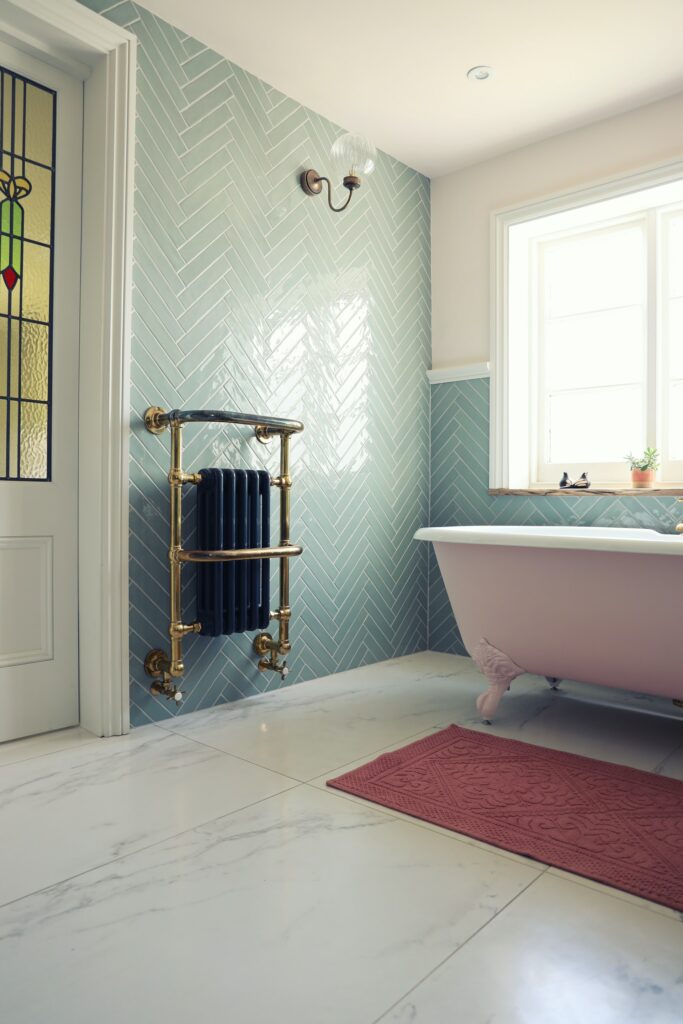
Porcelain tiles are one of the best choices if you want your bathroom tiles to last longer. They are made of the same materials used in ceramic.
Notes –
- Porcelain floor tiles are ceramic tiles, but they are denser, harder, and more resistant to damage than other types of ceramic tiles.
- Porcelain tiles will sometimes be vitrified tiles if they do not have the glazed layer and printing on them. But original porcelain tiles will never be GVT tiles.
- Though they are denser and more expensive, they will be the best bet if laid down for bathroom flooring when they are in a matte finish or a little bit of a sugary finish.
How to recognize whether the tile is completely porcelain and not even vitrified porcelain? –
- Porcelain tile is a solid color throughout its body. If a piece of unglazed porcelain tile is broken or chipped, the color will be uniform throughout the thickness of the tile.
- These bathroom floor tiles are more durable and less porous compared to ceramic tiles.
- The finish of porcelain is smoother than that of ceramic.
Pros:
- Porcelain tiles are easy to clean and require low maintenance.
- These tiles are available in a wide range of colors and some have patterns so you can make designer bathrooms.
- They can mimic the look of natural stone and even wood.
- Porcelain tiles for flooring are sturdy, durable, and highly water-resistant compared to other tiles, making them anti-skid tiles.
Cons:
- Installation can be difficult for porcelain floors and might feel heavy and brittle.
- They are more brittle than ceramic tiles. This means they chip or crack a little easily if they come in contact with heavy impacts.
- Original porcelain tiles are quite costlier compared to vitrified tiles.

Tile Insert Drain 18”x4” Bathroom Floor Water Drainer
Insert Water Drainer Without Collar with Stainless Steel 304 Grade
*At the time of publishing, the price was ₹2,549.
3. Authentic Terrazzo Tiles:

Terrazzo tiles are anti-skid tiles and are one of the best, as they will last for centuries. As it is made out of natural materials such as stone chips and scraps, there are no VOCs.
Notes –
- Authentic terrazzo tiles will never be vitrified tiles. But, vitrified tiles will also have a range of terrazzo-look tiles.
- Just like vitrified tiles, real ceramic tiles and real porcelain tiles can also have a sub-type of terrazzo-look tiles.
- Avoiding polished terrazzo floor tiles for the bathroom floor and adding their matte-based finish will keep the flooring anti-slipery.
How to check the genuine terrazzo tiles by understanding their features? –
- Authentic terrazzo tiles consist of a blend of chips like marble and glass, bonded by a composite, and typically have a thickness of 11mm-20mm to minimize the risk of fissure or breaking.
- Real terrazzo bathroom tiles have a consistent pattern of chips and aggregate and exhibit natural variations in color due to the combination of different materials.
- They typically feature a variety of both large and small chips. They are usually polished to achieve a smooth and glossy finish.
- Lastly, tapping gently on the surface with a hard object gives a clear and ringing sound.
Pros:
- They are highly durable and easy to clean.
- Gives your bathroom a high-end look.
Cons:
- Quality terrazzo tiles will always be costlier.
- Requires skilled fitting.
4. Pure Marble Tiles:
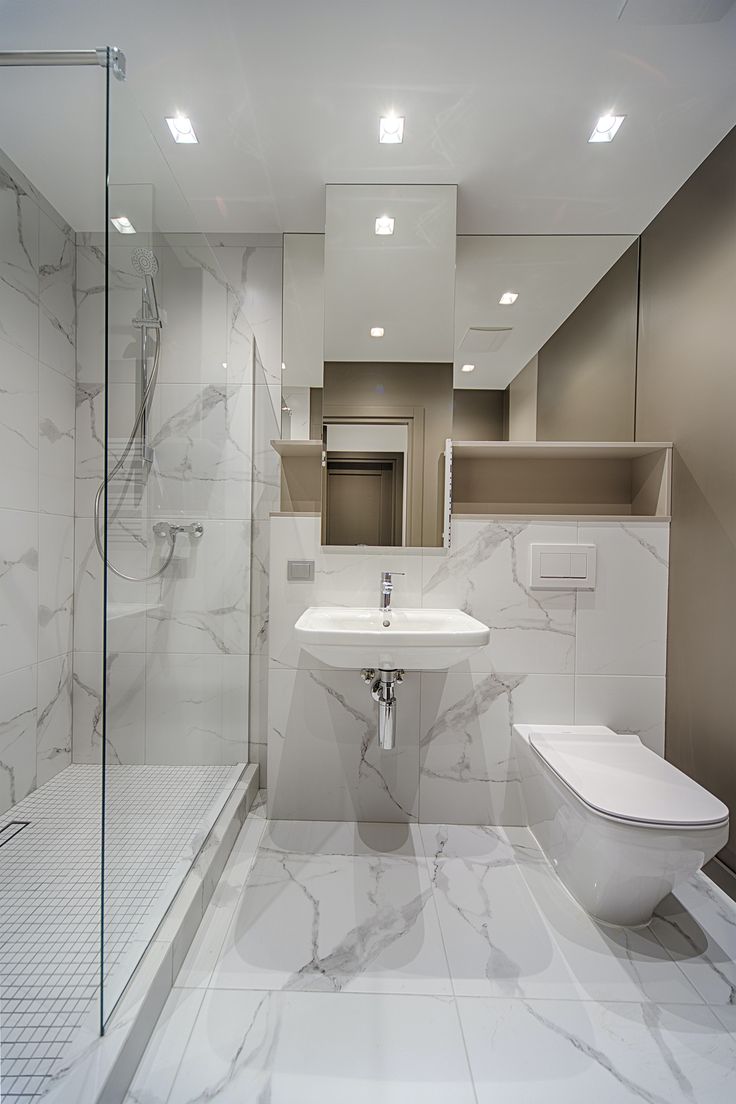
Marble bathroom is also the ultimate tiling style if you are looking for a more opulent look, and add texture to your bathroom floor.
The purest marble tiles for bathroom are almost white or very light in color. For example, white Statuario and Carrara marble never go out of style.
The attributes and colors of marble tiles are some of the most exquisite and distinguishing aesthetics. Marbles’ captivating beauty lies in its wide range of colors from pristine white to deep black and everything in between.
Notes –
- No other tiles like vitrified, ceramic, or porcelain tiles can mimic marble tiles in bathroom in any case.
- Marble floors for bathrooms can come in a variety of sizes by being cut from the original marble slabs and in some cases before the polishing process.
- If the bathroom size is, 6’x4’, you can directly add one marble tile of the same size if you can make it available.
How to check pure marble tiles for bathroom by understanding their features before you purchase them? –
- The most foolproof way to tell if you’re looking at real marble is to try to cut it with something sharp, like a knife. If it scratches, it’s not marble.
- Natural marble comes in various shades, so you can ensure the color is consistent across the entire batch.
- The edges and corners of the tile should be well-cut without any irregularity or chipping.
- Pure marble tiles are generally thicker, (usually around 10 to 12 mm) than ceramic or porcelain tiles.
Pros:
- When properly sealed and maintained, the marble bathroom will be a durable and long-lasting flooring style that can withstand the bathroom’s daily wear and moisture.
- Marble tiles for bathroom flooring get stronger with time.
- These bathroom tiles have hypoallergenic quality, making them a healthier option for bathrooms.
- Marble tiles in bathroom naturally remain cooler to the touch than some other bathroom floor tiles, making them a comfortable choice in warm climates.
- The marble in bathroom floor is water resistant – making them the best anti-skid tiles. Also, they contain antibacterial properties that can prevent the growth of molds.
Cons:
- Marble tiles are vulnerable to stains and scratches – which cannot go away with protective coatings. Hence, you have to replace them – thus making them costly.
- If slip-resistant coatings are not done properly then, they may become slippery when wet.
- The weight of marble tiles can be substantial, which may require special reinforcement of the subfloor to support the added load.

Gloxy Stainless Steel Folding 24 Inches Towel Rack for Bathroom
Durable, Stylish, Space-Saving Towel Holder & Stand - Perfect Bathroom Accessories Set for Home
*At the time of publishing, the price was ₹1,127.
5. Natural Limestone Tiles:
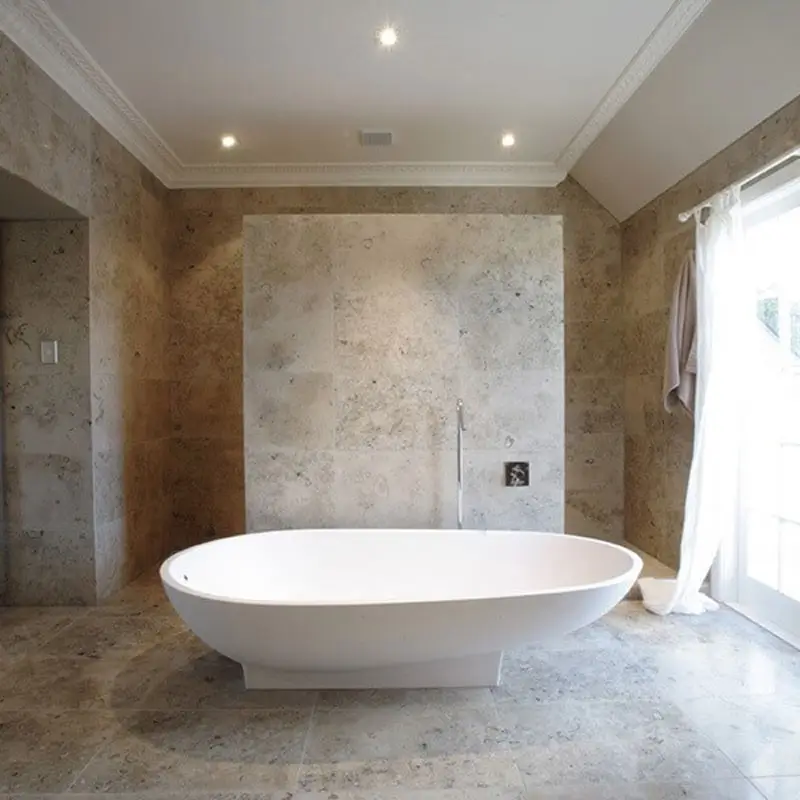
If you are looking for more natural-toned bathroom floor tiles, limestone tiles can be great. It usually comes in subtle shades such as brown, beige, and gray, which adds warmth to your bathroom, giving it a soft finish.
However, ensure your limestone floor tiles are properly sealed as it is porous. Thus making them susceptible to getting stained. Also, they require regular maintenance to ensure their beauty remains intact.
Limestone tiles are among the cheaper options of natural stone tiles.
Notes –
- As Limestone is a natural stone material, it can be cut into slabs, plank, tile, etc., possible forms.
- Natural limestone floor tiles can not be porcelain tiles or say type of ceramic tiles due to their strength and heaviness.
- But, Porcelain tiles will have a sub-category of limestone type of tiles. This means porcelain floor tiles can mimic the print of different types of limestone.
How to check natural limestone tiles by understanding their features before you install them on your bathroom floor? –
- Because of consistency in color and pattern, limestone tiles possess high-quality characteristics.
- There are 3 types of surface finishes for limestone floor tiles. They are honed, polished, and tumbled.
- All of them will be even and free of irregularities.
- The edges of the tiles should not be rough.
- Run your hand over the tile to assess the texture and the texture shouldn’t be smoother for bathroom floor tiles.
- Limestone can have variations in texture, but it should generally feel smooth to the touch.
Pros:
- Limestone tiles remain cool to the touch, making them comfortable during hot seasons.
- They offer a timeless and classic look that never becomes boring.
- Regular cleaning with a pH-balanced stone cleaner and water makes maintaining limestone tiles relatively easy.
- As there are a variety of color options available, limestone provides flexibility in design choices.
Cons:
- The first bad con is limestone floor tiles are sensitive to acids, which can cause etching and damage to the surface.
- Regular sealing and maintenance are essential to prevent moisture penetration, staining, and other damage.
- These tiles can be slippery when wet, potentially posing a safety hazard. Anti-slip treatments may be necessary in some cases.
- Quality natural limestone tiles can be relatively expensive, both in terms of the tiles themselves and their installation.
6. Absolute Terracotta Tiles:
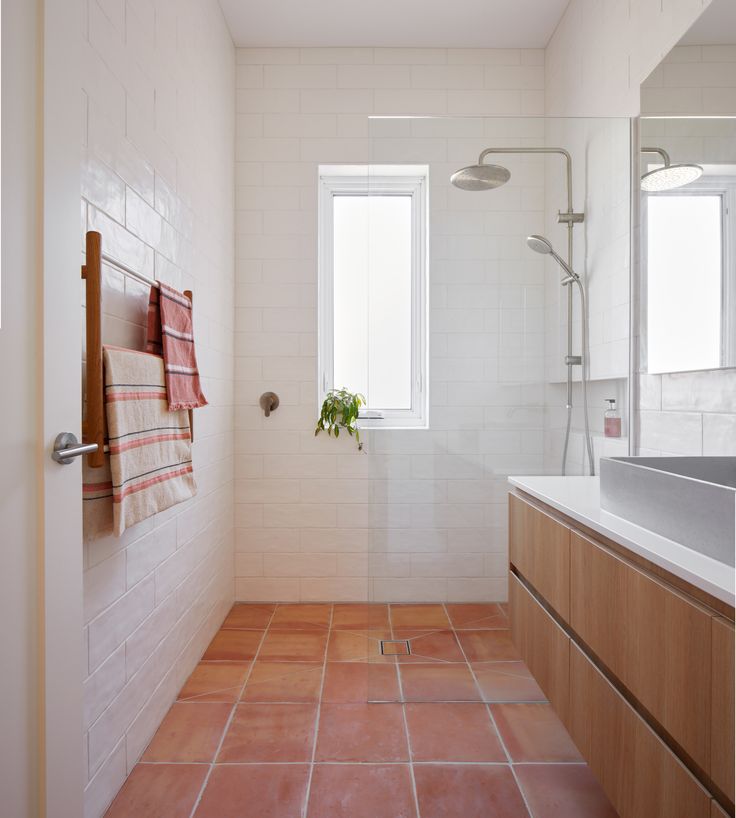
Terracotta floor tiles give out Mediterranean and Vintage vibes with their orange, earthy color, giving your bathroom a dramatic look. Also, they feel warm, comfortable, and inviting.
Whether you are aiming for a traditional, rustic, or contemporary look, absolute terracotta tiles can be tailored to your specific aesthetic preferences.
There are two types of terracotta tiles: Machine-cut and handmade ones.
Notes –
- Make sure you understand terracotta and ceramic tiles just because they share similar properties.
- Terracotta floor tiles are clay tiles that are made at lower temperatures and in shorter production times than ceramic tiles.
- Absolute terracotta bathroom floor tiles cannot be ceramic tiles but ceramic tiles can have a subtype of terracotta finished print tiles.
- Never use epoxy grout since it can damage the type of tile surface.
How to check the quality of natural terracotta tiles by understanding their properties? –
- You should check for any signs of crazing (fine cracks on the surface), or visible cracks. They can weaken the tiles and affect their longevity.
- Not all terracotta tiles for bathroom are slip-resistant. Check for anti-skid tiles before you buy.
- Enquire about the water absorption rate, as these tiles might not have a low water absorption rate to prevent damage from moisture and staining.
- High-quality natural terracotta floor tiles have earthy and warm tones. You need to ensure the color is consistent across all tiles in the batch.
- Look for the finish, these tiles can range from matte to glossy. Choose a finish that aligns with your desired bathroom design.
Pros:
- These bathroom tiles give beauty, and longevity when well laid.
- Terracotta tiles for bathroom are durable when fired and last for hundreds of years.
Cons:
- There are wide variations in quality.
- Cleaning is not as simple as spraying its surface with water.
- Vulnerable to cold weather. Also, they are heavy and breakable.
7. Genuine Slate Tiles:
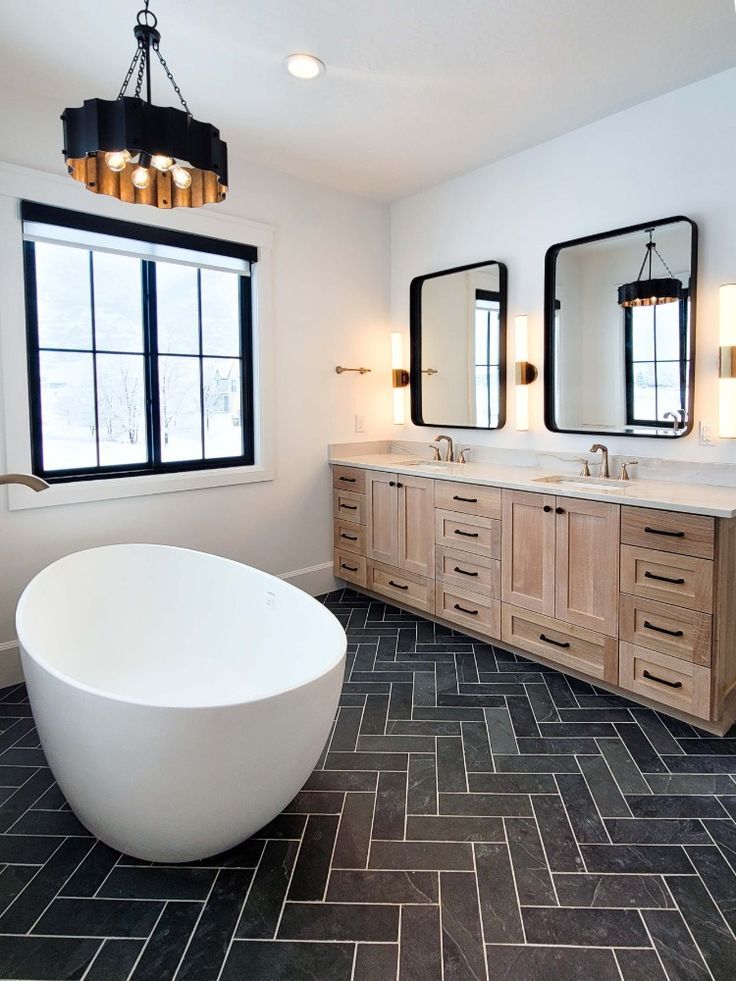
Slate floor tiles are the toughest of them all, making them chip and scratch-resistant, in addition to being water-resistant. These are some of the best anti-skid tiles.
Some of the popular colors in these tiles are – copper, blue, gray, green, and blue.
Notes –
- Genuine slate tiles are stronger, natural, stone flooring materials making them an excellent option for bathroom flooring tiles.
- These natural tiles’ texture and look can be generated on ceramic and vitrified tiles. But, there is a good recognized difference between the natural one and the mimic one.
How to check the quality of genuine slate tiles by understanding their properties? –
- It is naturally resistant to stains and slips.
- It is extremely resistant to water and fire and cannot be damaged easily. Due to this, slate floor tiles are considered the safest flooring material for the bathroom.
- It will have a very hard, natural rock feel.
Pros:
- Slate bathroom tiles are available in a variety of colors and textures and can create a different yet stunning look for bathroom tiles for floor.
- Though it is expensive, it will be a long-term investment.
Cons:
- Slate floor tiles are difficult to install. Hence, they require experienced designers and labours to set the slate bathroom tiles precisely.
8. Real Pebble Tiles:
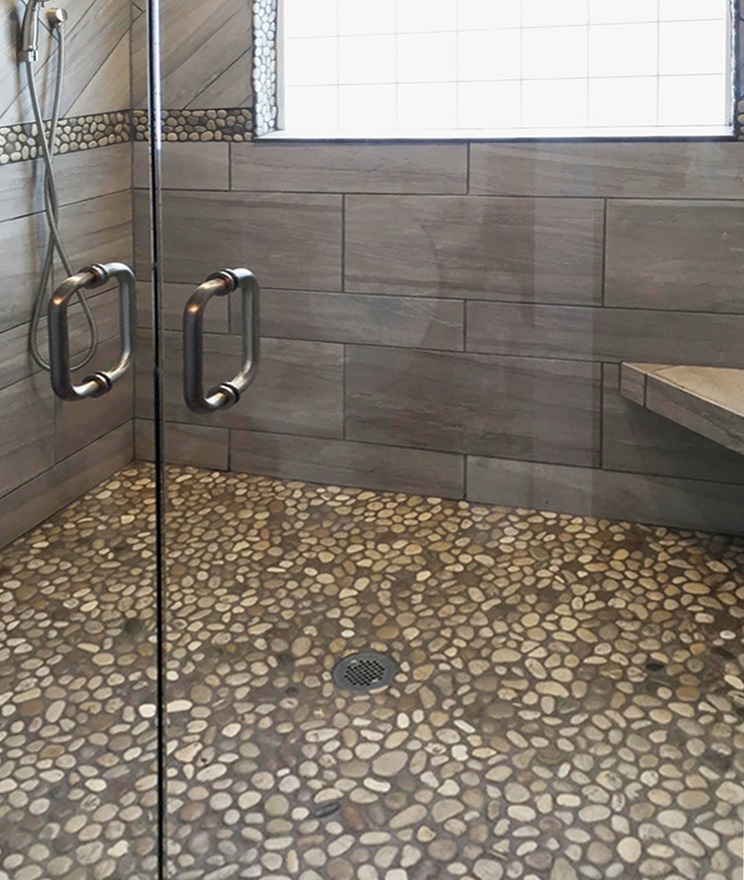
Notes –
- Pebble tiles are completely natural stone tiles. They come in round and uncut form as well as in sliced form when you think of bathroom flooring tiles.
- They are quite different than regular ceramic, vitrified, or porcelain tiles, and even other natural stone tiles.
How to check the quality of real pebble tiles by understanding their properties? –
- Natural pebble tiles for bathroom are made from actual pebbles. It doesn’t require to shape it again.
- Small rounded stones should be of your choice.
- Their sizes and shape consistency are crucial, so examine for this.
- Make sure the color variation of the pebble tiles for floor matches your bathroom design. There should not be a lot of color variation within the batch.
- These bathroom tiles for floor are smooth and comfortable to the touch, making them ideal for barefoot use.
- The interlocking of these pebbles should create a seamless surface. Poorly interlocked pebbles can create an uneven and unstable floor.
- Small pebble stone tiles should have low water absorption to prevent damage and staining in the bathroom.
- The pebbles should have a relatively flat surface. More variations in height make us uncomfortable to walk and difficult to clean.
- Verify that these tiles have the appropriate slip-resistance rating.
Pros:
- Pebble tiles are easy to maintain with the right treatment process.
- They are non-porous, which means they will not absorb water.
- They are anti-skid tiles. These make major safety considerations when you have young children or elderly members who use the bathroom.
- Pebble bathroom tiles are quite affordable.
- Because they are so tough, they are resistant to scratches.
Cons:
- It might result in mold and mildew growth, and sometimes bacteria grow on them.
- Cleaning these tiles is not as easy as regular vitrified, ceramic, or porcelain bathroom tiles.
- While the natural pebble tiles are not porous, they are permeable to some extent.
- Their installation can be challenging and costly to repair.
- Not great for hard water areas.
- They are quite slippery when wet.
9. Mosaic Tiles:
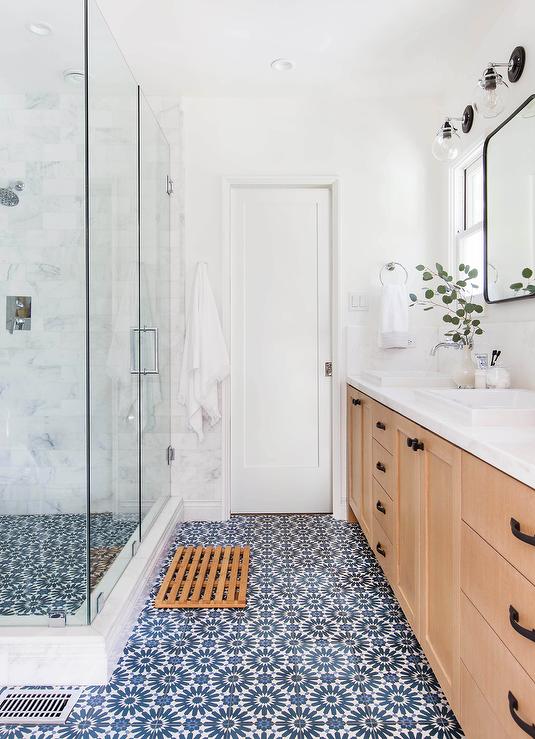
Mosaic tiles can be made out of either glass or ceramic. These tiles are tiny in size and are combined to create a pattern and fascinating effects.
There are several mosaic tiles for floors that have antibacterial properties. Here are two popular types of mosaic tiles –
- Glass mosaic tiles – These are made by assembling tiny pieces of glass together and creating unique designs.
It adds a pop of color and reflection. Because it is a fragile material, it is less preferred for bathroom flooring.
- Ceramic mosaic tiles – These tiles are a type of ceramic tiles. They are affordable, durable, and also easy to clean.
These tiles with a somewhat matte finish are the choices of bathroom flooring tiles when you think of designing your bathroom with mosaic tiles.
These tiles have the same advantages and disadvantages as main ceramic tiles qualities. You can refer to them above in Real ceramic tiles type.
You will be checking good quality ceramic mosaic tiles for floors by looking at the checking of ceramic tiles as given above. You just need to check the additional quality that the mosaic design, pattern, and texture are of good quality.
10. Glazed-Vitrified Tiles:

Also known as GVT tiles or Digital Vitrified Tiles, glazed vitrified tiles are made using digital technology.
Sounds cool, right? Digital technology is used to create patterns such as wood, bamboo, marble, and other natural materials – which makes them expensive.
Notes –
- Glazed vitrified tiles have huge varieties with different designs and patterns that go with any interior theme easily.
- Because they have a top layer of glazing, this brings a classic look anytime you compare them with any other mentioned tiles in this blog post. But, they require immediate mopping if you want them to lay down for your bathrooms.
- GVT tiles are less absorbent than porcelain tiles, with water absorption rates of less than 1% and 0.5%, respectively.
How to check the good quality of glazed vitrified tiles by understanding their properties? –
- Verifying the dimensions with consistency in terms of size and thickness, which are crucial for a smooth and even installation is a must.
- Choose a finish that suits your design preferences.
- For color consistency and pattern, uniformity across the entire batch matters. Ensure the tiles match your desired design.
- Sharp edges allow for narrow grout lines and a seamless appearance. If you want this, make sure the tile has rectified edges.
- They should meet industry standards for strength, durability, and resistance to wear and tear.
- You should test the tiles for scratch resistance by using a key or coin to gently scratch the surface. High-quality tiles will bear the scratches and definitely can resist them.
- They should be resistant to staining for common household items. Ensure to pick anti-skid tiles for areas prone to water exposure.
Pros:
- Gvt tiles are a good investment if you are planning for the long term.
- These tiles have a wide range of designs and patterns compared to double-charged vitrified tiles.
- These tiles are highly durable and have a protective coating that protects them from stains and water.
- They are easy to maintain – just mop it with a soft cloth and a mild detergent!
Cons:
- Glazed vitrified tiles are more expensive than ceramic tiles.
- Large slab tiles are difficult to install. Proper handling and installation are essential. You need to hire professional laying people to lay large tiles.
- They can be slippery when wet.
- These bathroom flooring tiles or any other floor areas have only a 1mm print layer. That’s why there is no guarantee of lasting longer due to easy chipping and fading. Still, you may consider them in low-traffic areas.
11. Double-Charged Vitrified Tiles:
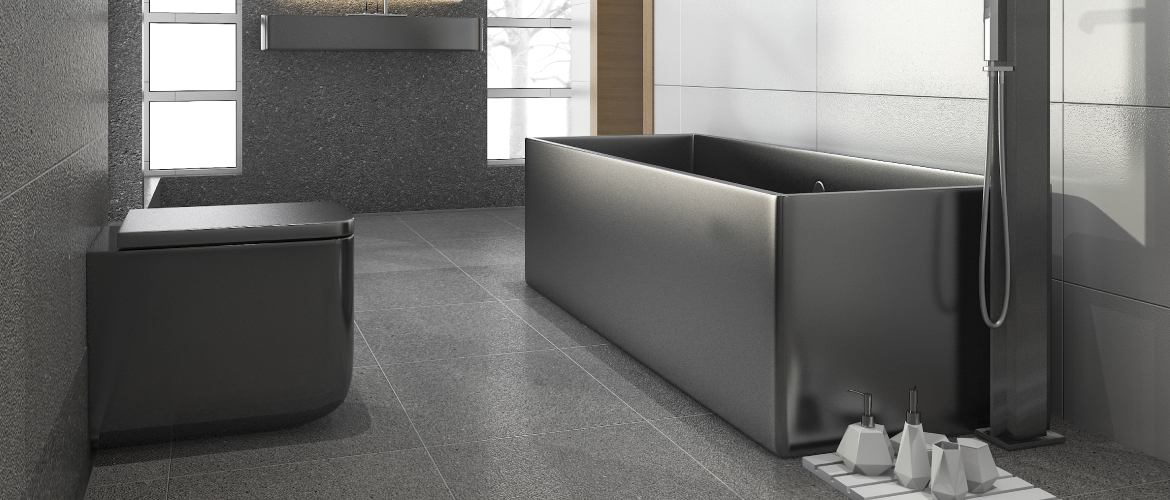
Double-charged tiles are made from combining silica, clay, quartz, and feldspar and are 3-4 mm thicker than any other tiles.
These floor tiles are made by pressing down two layers – the base layer and a pigmented layer.
Also, double charged vitrified tiles are easy to clean and are the best options to use accents with. These tiles are pretty affordable because of their exceptional quality.
Notes –
- Pigmentation-based 2 layers make these tiles comparatively sturdy though they fall in the artificial tiles category.
- Though they have limited design options, they have the quality to sustain more even when you choose them as bathroom floor tiles.
- Double-charged tiles should be of matte or a little satin finish to use them for bathroom flooring.
How to check the good quality of double-charged vitrified tiles by understanding their properties? –
- Check gvt tiles for size and thickness consistency for smooth installation.
- Due to the limited availability of finishes for these tiles, choosing one that matches your design preferences is important.
- Only a few trustworthy companies can provide double-charged vitrified tiles that meet industry standards for strength, durability, and resistance to wear and tear.
- The fake double-charged vitrified tiles may appear rough and can have cracks. Good quality ones will have two layers of pigmentation without cracks or roughness on the surface.
- The flooring should be stain-resistant to common household stuff and have appropriate slip-resistance ratings for areas prone to water exposure.
Pros:
- Because these tiles come with a top of 2-4mm layer of pigmentation, they become thicker than regular tiles, and that is why withstand wear and tear.
- They have good tensile strength than gvt tiles, so they become a choice for medium to high-traffic areas.
Cons:
- These tiles come in a very limited variety of designs. They have fixed molds and only a limited number of designs can be produced.
- One more drawback is – double-charged tiles tend to maintain their surrounding temperature, which might make your feet cold.
12. Full-Body Vitrified Tiles:
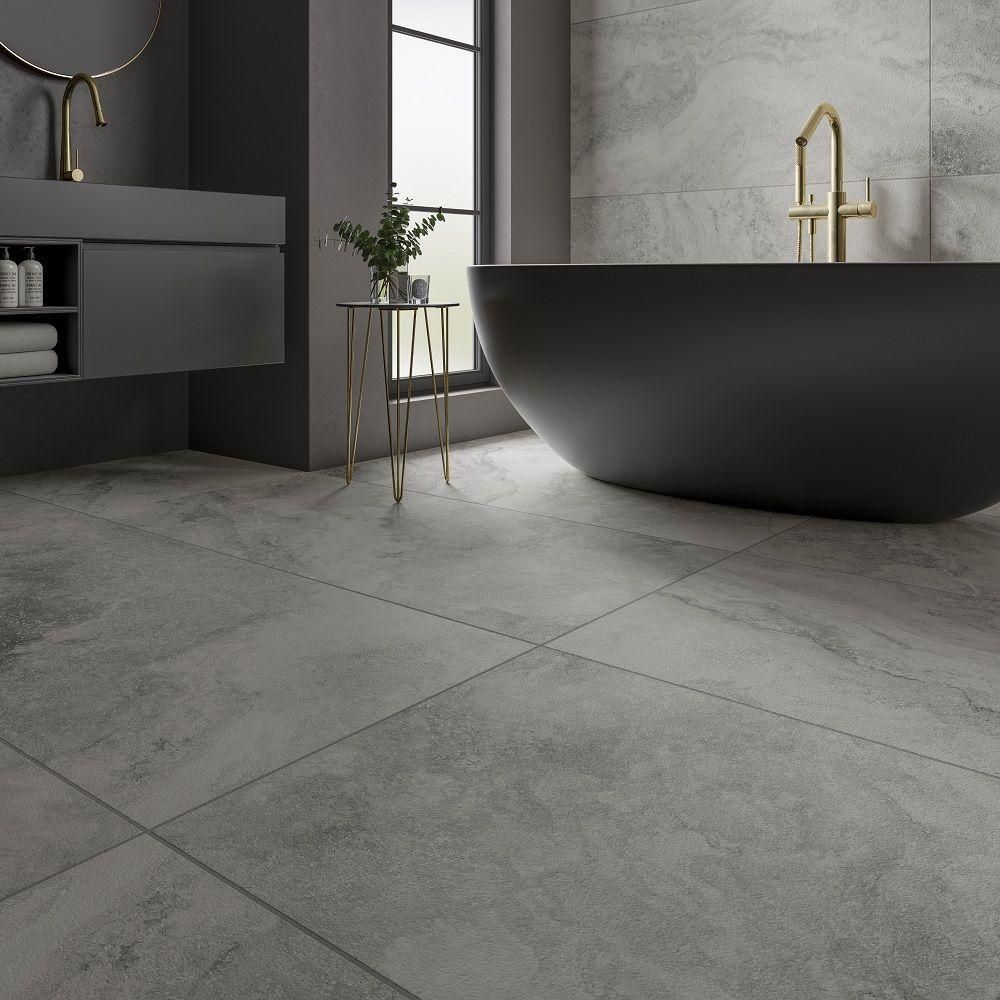
The color of the full body vitrified tiles is uniform across the thickness, which prevents color loss. Also, it is durable can withstand rough usage, and is scratch and stain-proof. Even they are odor resistant. Thus making it the best option for bathroom floor tiles.
Notes –
- These tiles have an enduring quality. Their uniformity quality for color across the thickness makes them unique and better than GVT tiles.
- These tiles are perfect for sun-exposed areas like gardens, decks, etc., and also for bathrooms. They won’t fade or lose their finish.
- Only Full Body Vitrified Tiles are better in point because their colors are in their full body: from top to bottom but it is very costly compared to Double-charged tiles.
- Full-body matte finish tiles become a good choice for bathrooms though they are expensive.
How to check the good quality of full-body vitrified tiles by understanding their properties? –
- To identify full-body vitrified tiles, it is best to view them from the side. Consistent color layers will be visible.
- Like natural stones, the exposed edges of these tiles can be ground to create a smooth surface.
- Full-body tiles are stain and scratch-resistant. They are also impervious to common acids and chemicals. You can check by asking vendors to show the test for the same things.
Pros:
- These tiles are available in a wide range of styles, colors, and patterns, making them one of the most versatile and stylish options available.
- Because matte full-body vitrified tiles can withstand acids and chemicals, they create demanding choices for bathroom flooring.
Cons:
- Due to the glossy finish of many surfaces in full-body tiles, they can become slippery, especially when wet. So, make sure to go for matte finishes.
13. Waterproof Vinyl Flooring:

Vinyl flooring has main components – Polyvinyl flooring resins, plasticizers, stabilizers, pigments, acoustic foam backing, and a carrier sheet.
Waterproof vinyl flooring saves time and cost. These floorings are found in various colors and textures to add uniqueness and elegance to your bathroom. Also, these are great options for families with pets.
Alacritys recommends three types of Polyvinyl flooring for bathrooms –
- Vinyl composite tiles (VCT) – VCT is well-known for its sturdiness, and some people prefer them in their bathrooms. These are easy to install and can be refinished and replaced without much stress. Vct flooring thicknesses are best when they start from 6 mils and up to 28 mils.
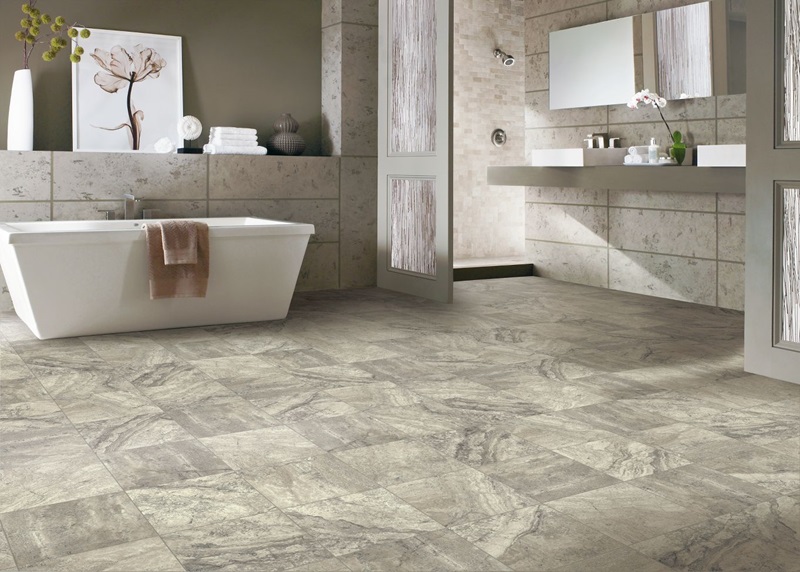
- Sheet vinyl – Also known as vinyl roll, are an excellent choice for a bathroom, as they are easy to clean and maintain and also feel warm under the feet.
Vinyl sheet roll thickness is 2 mils – 8 mils (mm).

- Luxury vinyl flooring (LVF) – It is also considered the best choice, as it is low maintenance and is easy to clean. A quick dry mop or just sweep is enough to clean LVF bathroom flooring.
This flooring type also covers WPC vinyl flooring and SPC vinyl flooring with extra components in their making. One major component is Calcium Carbonate. These components make them thicker compared to just VCT and sheet rolls of regular vinyl flooring.
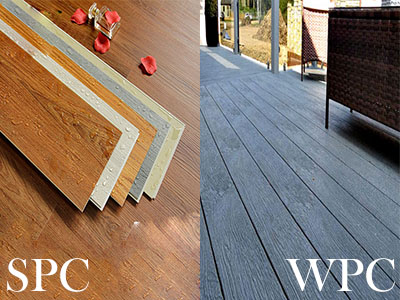
Notes –
- Instead of thickness, the wear layers get counted because they determine durability. Having said that, the thickness of waterproof vinyl flooring becomes an important consideration.
- Consider foot traffic and protection needs when choosing vinyl flooring sheets. Thicker vinyl with better wear layers is more durable for high-traffic areas.
- Avoid installing this flooring where you might be dealing with large equipment. Sharp objects can also damage vinyl flooring, so keep it away from anything that could scratch its surface.
- Vinyl flooring is not suggested for outdoor installation because it can fade if exposed to direct sunlight for an extended period of time.
How to check good quality vinyl flooring by understanding their properties? –
- More thicker they are, the more durability they have. So, checking for the thickness of the wear layer should be the priority.
- The wear layer is the top layer of the waterproof vinyl flooring that protects it from wear and tear. A thicker wear layer means that the vinyl will last longer.
- Vinyl backing keeps vinyl in place and prevents curling. Good backing is made of foam.
- A high-quality vinyl finish will be scratch-resistant and easy to clean.
- Good quality vinyl flooring should come with a warranty that covers defects in materials and workmanship.
Pros:
- Vinyl flooring sheets, planks, rolls, or tiles are one of the most affordable flooring options available.
- They are scratch-resistant and also fully protected against water.
- They are antibacterial and fungicidal and are mostly resistant to odor.
Cons:
- Vinyl floorings are highly likely to be damaged by heavy objects.
- Installation of this flooring type is a labor-intensive process.
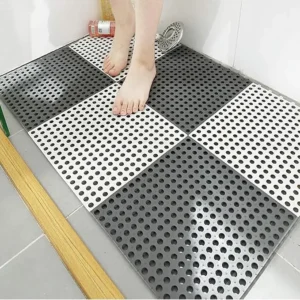
Interlocking Rubber Floor Tiles Mats Bathroom Tile with Drain Holes Massage
Soft Cushion Flooring Tiles for Pool Shower Bathroom Deck Patio Garage
*At the time of publishing, the price was ₹1,092.
What Things to Consider While Choosing the Perfect Bathroom Floor Tiles?
While choosing the best tiles for bathroom floor, there are certain factors to be kept in mind –

- Consider your taste for bathroom tiles: Maybe they are – porcelain, ceramic, slate, marble, terracotta, etc. Choose the right bathroom tiles design, texture, and finish to make your bathroom look chic.
- Set a budget: Eliminate tiles out of your price range. Prices vary by color, size, texture, and material.
Bathroom tile design ideas matter before you set your budget. So, work a little bit on it by going through the internet pictures or by checking social media posts. - Decide bathroom flooring tile sizes that go with your bathrooms’ sizes: Choose tile sizes for flooring according to the overall bathrooms’ sizes. For e.g. – Large tiles in a small bathroom will make it look cluttered.
- Decide wall tiles’ sizes and colors: Flooring tiles should match with overall wall tiles’ sizes and colors as well. Don’t forget to work on both of them together.
- Sealing requirement: Ask if bathroom floor tiles require sealing and enquire about the type of sealer recommended for bathroom use. Proper sealing is crucial to protect against moisture and stains.
- Grout lines and alignment: Assess the tiles for uniformity in size and alignment. They should fit together seamlessly to create a visually appealing and level surface.
- Certification and authenticity: Verify the authenticity and quality of the tiles you like. Reputable suppliers often provide this information.
- Request samples: Whenever possible, request a sample of tiles for bathroom flooring you like, to take home and compare your intended space. These allow you to see how they look in your specific lighting and decor.
- Sample testing: Examine the bathroom flooring tiles in natural light and under bathroom lighting conditions. This helps you how they look in your specific environment.
- Check for damage: Inspect tiles for any visible damage, such as cracks, chips, or surface imperfections. Reject such tiles with noticeable flaws.
Safety Checks Before the Installation, at the time of Installation, and After Installation
After you have selected the type of tiles for bathroom floor, it is important to keep safety in mind while installing.
You will definitely hire architectural services, but no matter if you are doing tile installation for the first time or have done it before, installing tile is a comprehensive procedure that must be done properly.
So, here we have discussed some safety checks to keep in mind before, during, and after the tile installation –
Before Tile Installation -

- Prepare the surface so that it is leveled, cleaned, and properly dried. Also, the surface must be free from any grease, oil, or chemicals.
- Keep a space for the bathroom floor drain.
- Check for the waterproofing work for the wet areas.
- Check if the plaster is cut above the slab for skirting.
- Soak the bathroom tiles for at least 2 hours before using it.
- Before preparing the mortar, ensure there’s enough space between the door bottom and the floor to avoid friction with the door.
- Do the dry layout and set the bathroom tiles pattern first to plan the position of the cut tiles.
- If you are renewing the tile floor, ensure all the previous material is removed completely before you move on to the new process.
During Tile Installation -
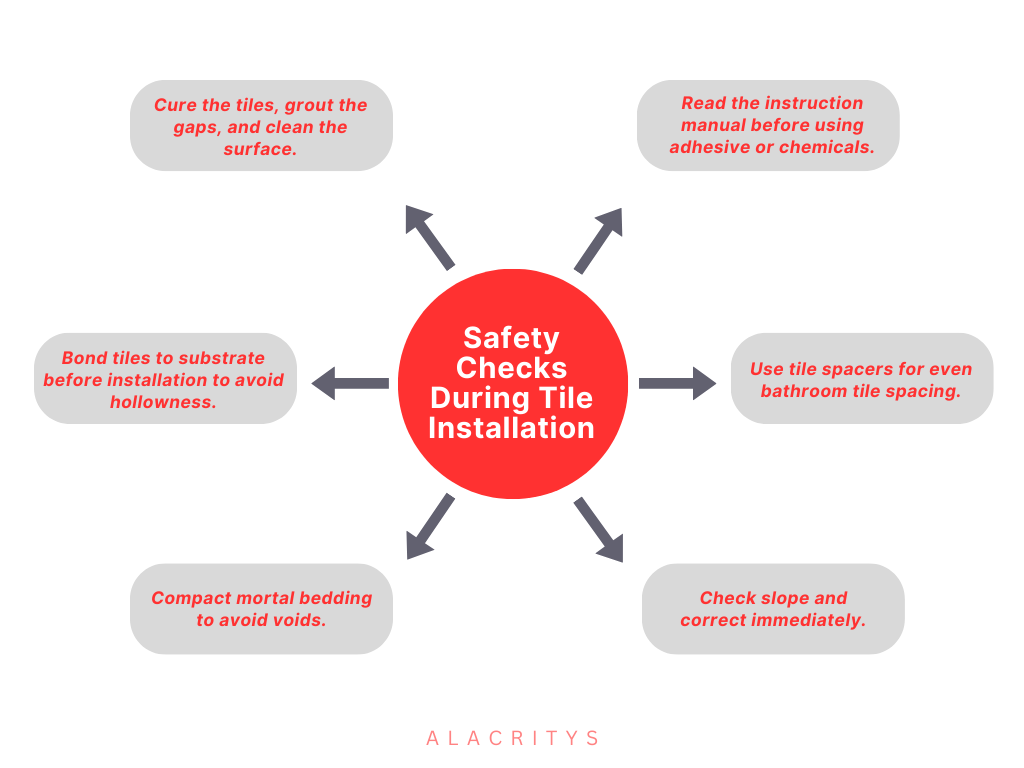
- If you are using adhesive or chemicals, ensure to read the instruction manual properly.
- Use tile spacers to keep the bathroom tiles at equal distances.
- Check the slope at the time of laying so that corrections can be made immediately.
- Compact the mortal bedding carefully to avoid voids.
- Before tile installation, ensure the tiles are well bonded with substrata to avoid hollowness.
- Lastly, cure the tilling work fill in the gaps with grout, and clean them effectively.
After Tile Installation -

- After laying the bathroom tiles, avoid stepping on them for at least 24 hours.
- If the designer tiles are there on bathroom walls, you can use bathroom tile epoxy grout to fill the gaps in these wall tiles and enhance your bathroom.
- Check for the hollowness to ensure the bathroom floor tiles are properly laid. Tap on the tiles lightly using a hollow checker to check the hollowness.
- Always check if the gaps are properly filled because gaps let the water seep in and create dampness. You can use bathroom tile gap filler if required.
- Also, check for the damaged tiles in the bathroom when they are wet means during the first 8-12 hours. If there are any chipped or damaged tiles, replace them to avoid any further destruction.
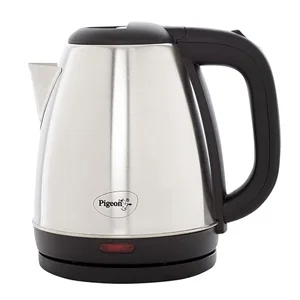
Pigeon by Stovekraft Amaze Plus Electric Kettle with Stainless Steel Body - 1.5 Liter
Used for boiling Water, making tea and coffee, instant noodles, soup etc..
*At the time of publishing, the price was ₹599.
Conclusion -
Tiles are one of the most important factors that can either make your bathroom pleasing or ruin the setup. Thus, it is important to choose the right bathroom floor tiles.
With the knowledge of what tiles are best for bathroom flooring and walls, you can choose the one that will make your bathroom look chic and inviting. You can also mix and match the tiles – sizes, textures, and designs to create something unique.
For the best bathroom design experience, always go for residential architects designers to ensure you get good bathroom tiles design ideas that can make your guest go WOAH!
Now, here are a few brainstorming questions for you –
- Do you know the difference between porcelain and ceramic tiles?
- What would you choose for your bathroom flooring – glossy tiles or matte tiles?
- According to you, which tiles from the above will remain the evergreen tiles?
FAQs
There are many options to keep the bathroom floor dry –
- You can install a vent
- fan
- Use effective cleaning
- products
- Consistent cleaning
- Vacuum
- Air dry
There are many chemical-based cleaners in the market that help you clean your bathroom floor tiles effectively. However, if you are looking for something organic, you can use a mixture of dishwashing, baking soda, and simple white vinegar. This mixture is considered effective and is loved by most people!
Both tiles are good for bathroom flooring when they have a matte finish or somewhat satin finish with or without any kind of rough or granulated-based textures on them.
Many people prefer marble for bathroom floors, but since marble is a non-renewable resource and the extraction requires an extensive process, it is not the best option if you consider the environment as a determining factor.
Vinyl tiles for bathroom is also considered good as they are durable, moisture-resistant, and easy to maintain. There are several types of vinyl products that you can use, which include – LVF (Luxury Vinyl Flooring) and Vinyl Roll.
If you have glazed terracotta tiles, there are little to no chances for the water to seep in and become slippery. However, if you have an unglazed terracotta tile, chances are they might soak the water in, which makes it slippery.
Natural terracotta tiles’ water absorption is a little higher compared to other tiles. Sealant and proper grouting techniques will always help to reduce these tiles becoming slippery and the water absorption will be less.
Meet your guides
Alacritys Dione (Content Writer)
visit authorRecent Posts
"Discover Design Adventures"
Explore creativity and knowledge across diverse design verticals. continue getting the latest updates, expert reviews, advice and deals directly to your inbox.
- Talk To An Expert
- Blog search
- web stories
- trending blogs

"Discover Design Adventures"
Explore Creativity and Knowledge Across Diverse Design Verticals.
Continue getting the latest updates, expert reviews, advice and deals directly to your inbox.
- Talk To An Expert



